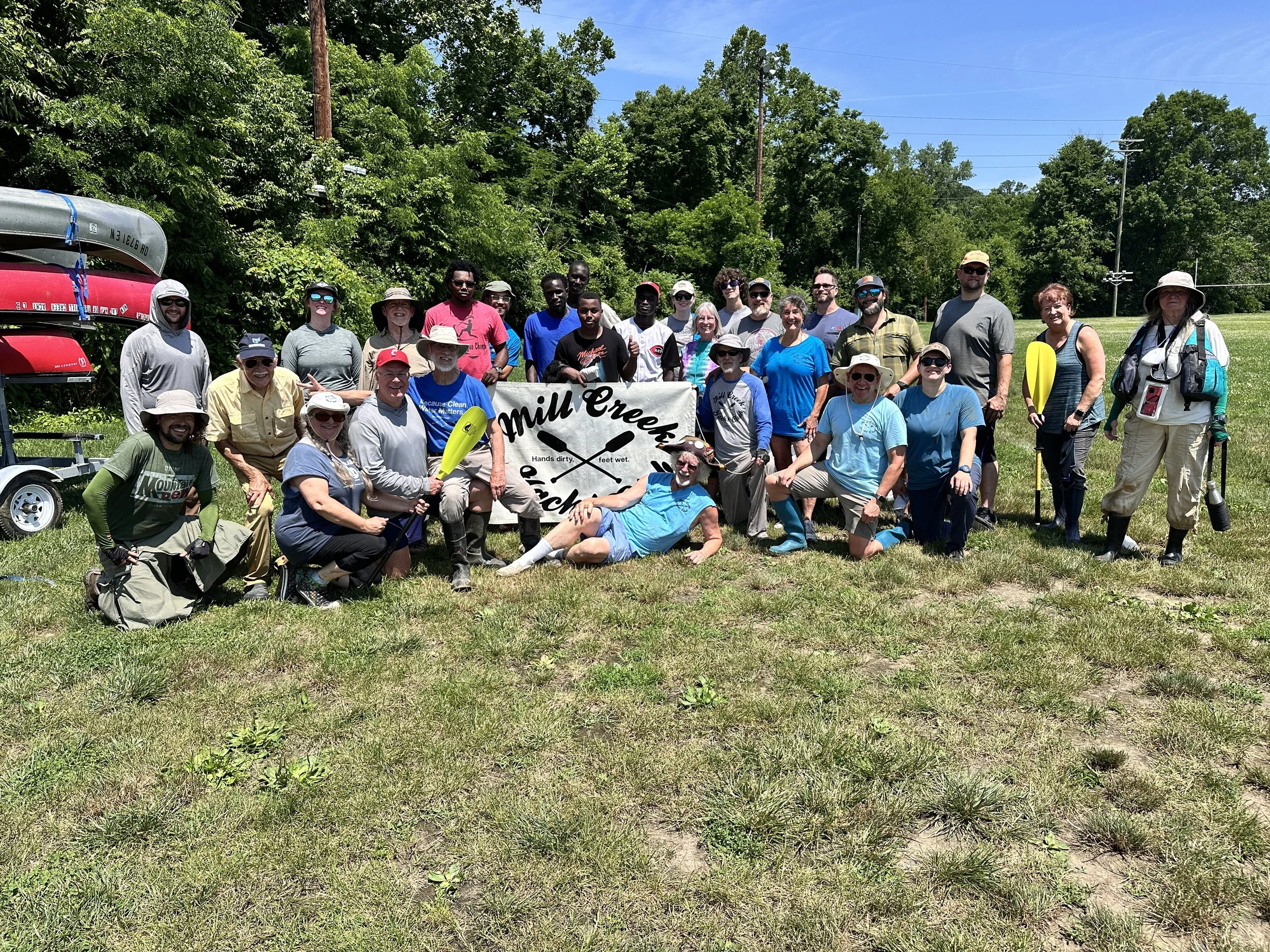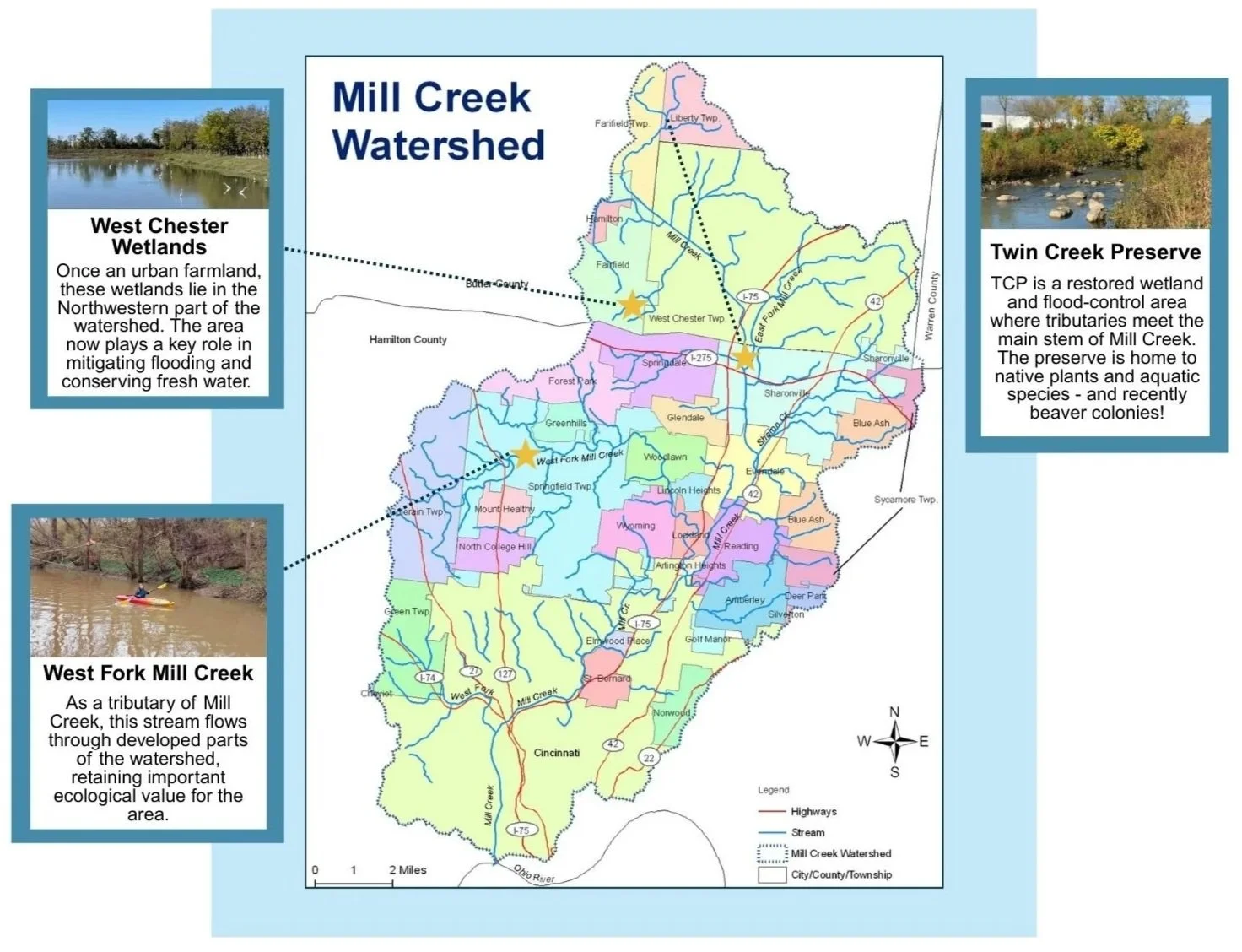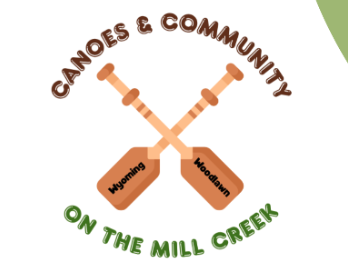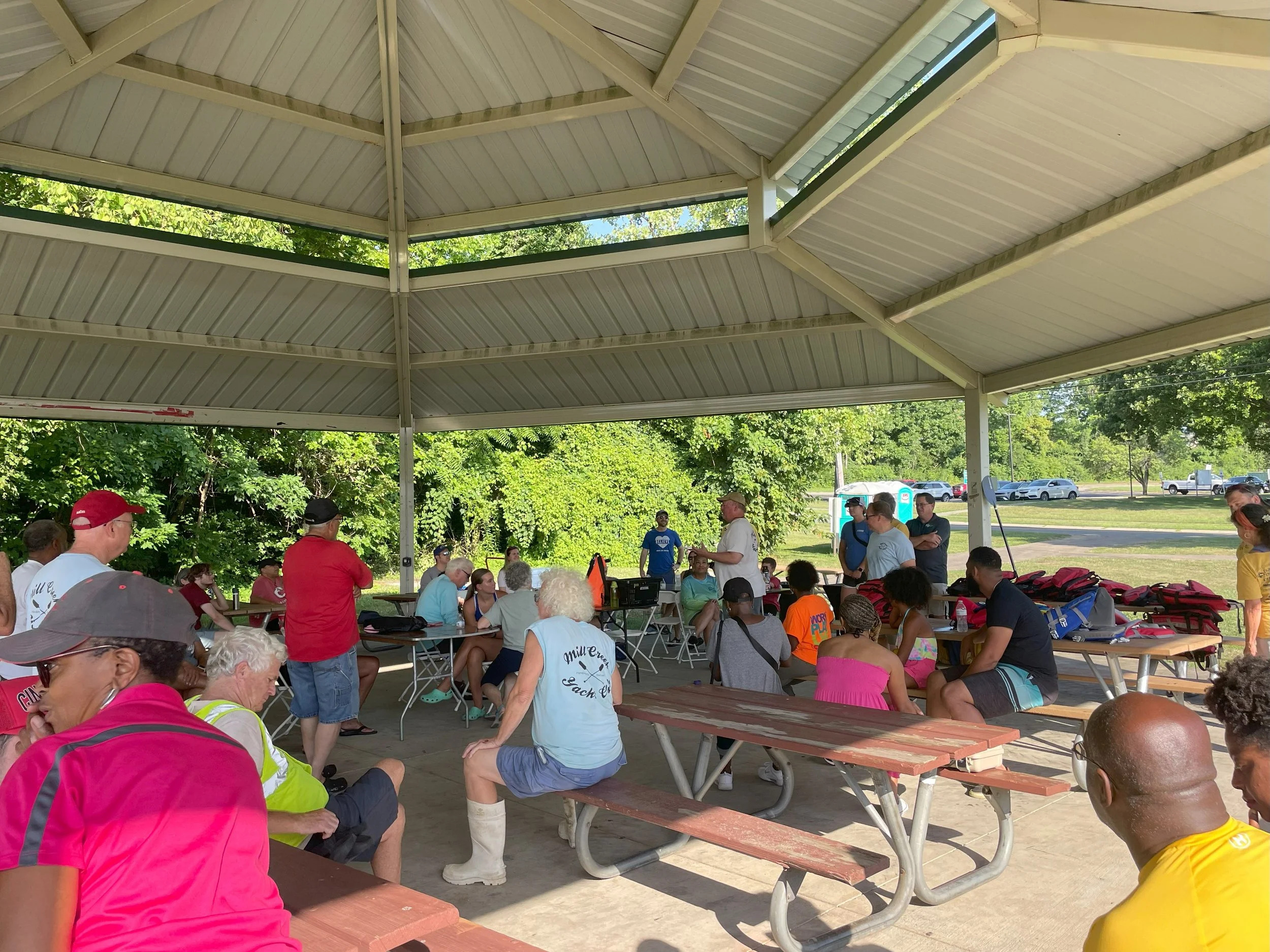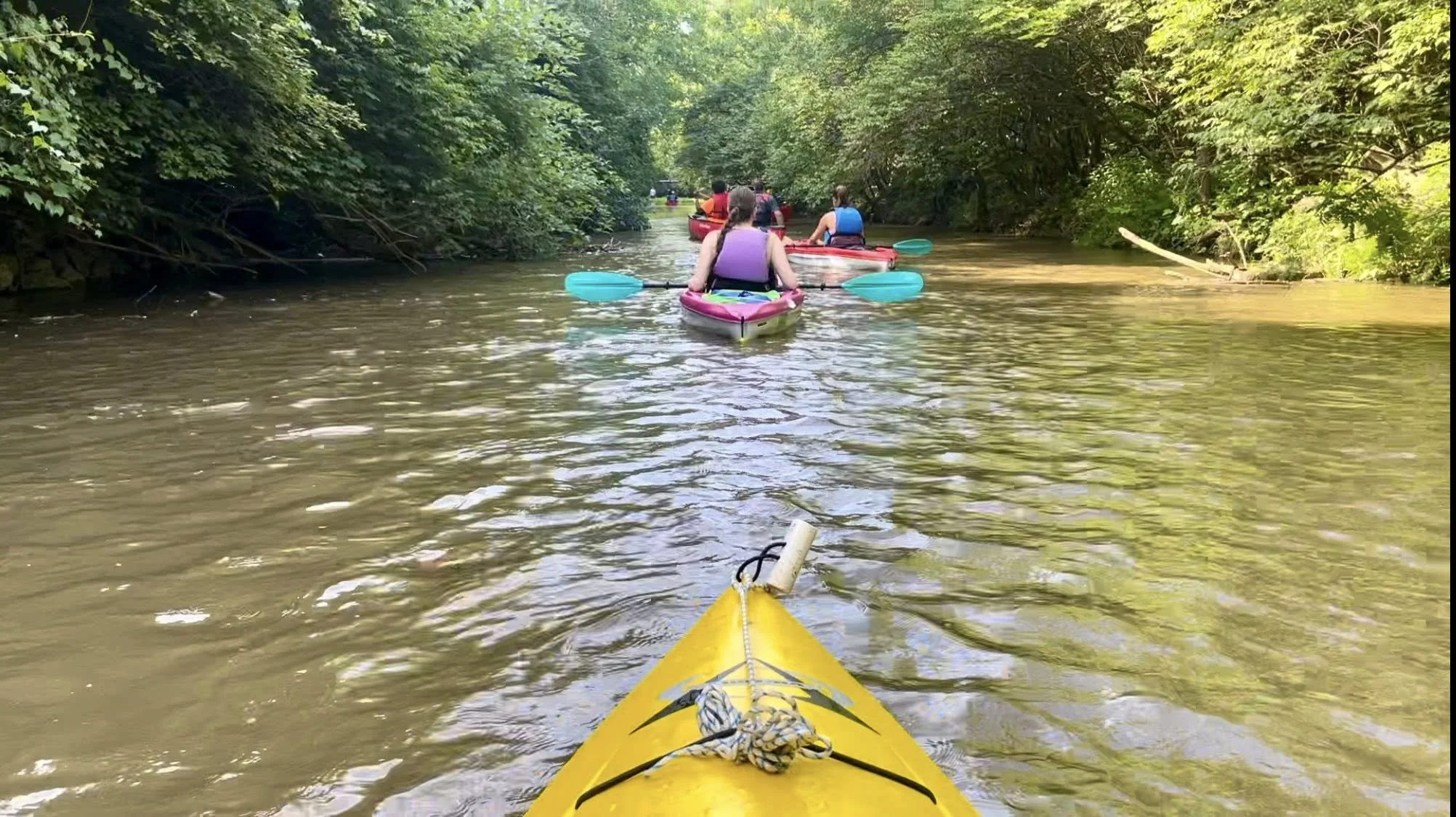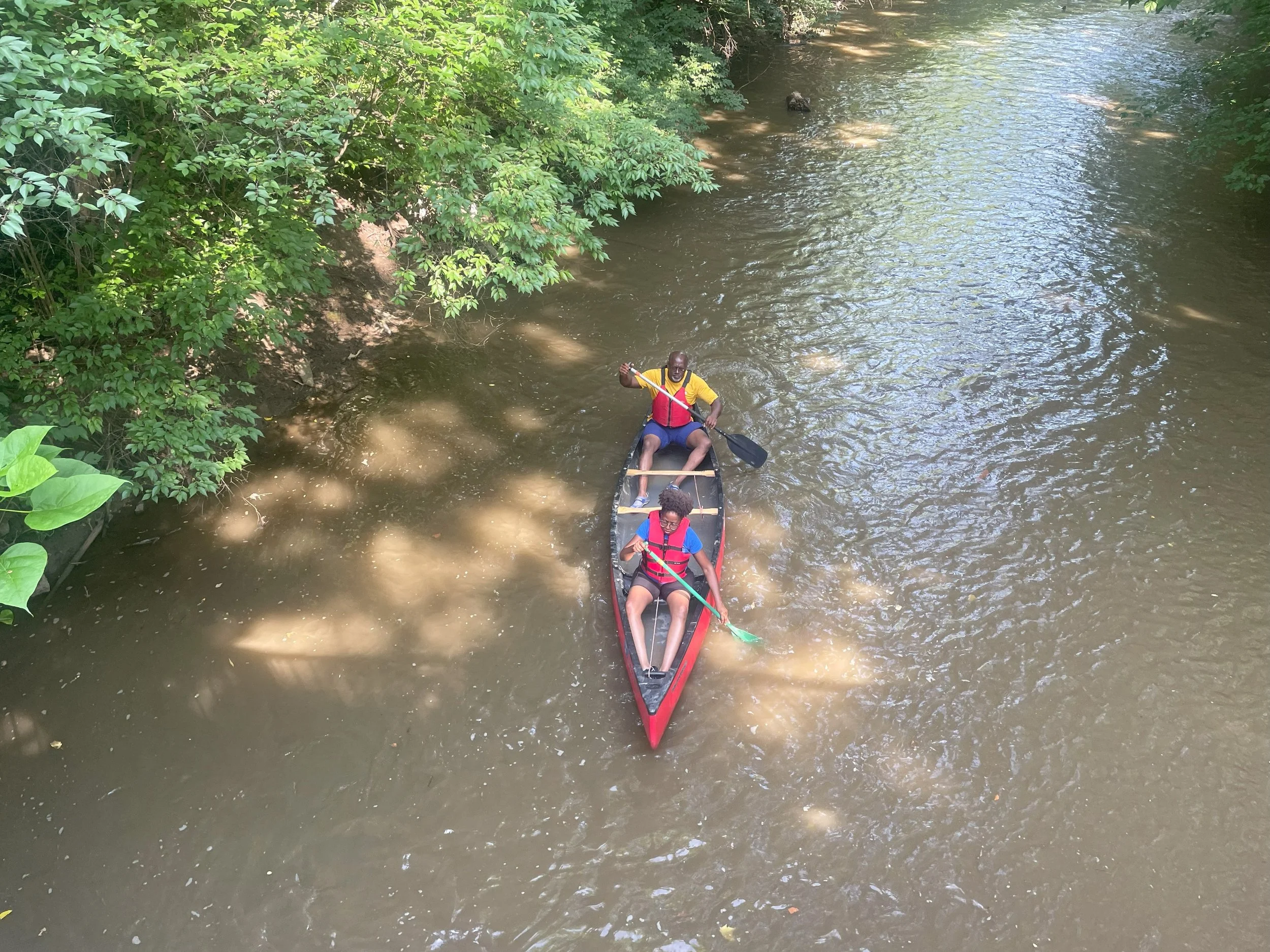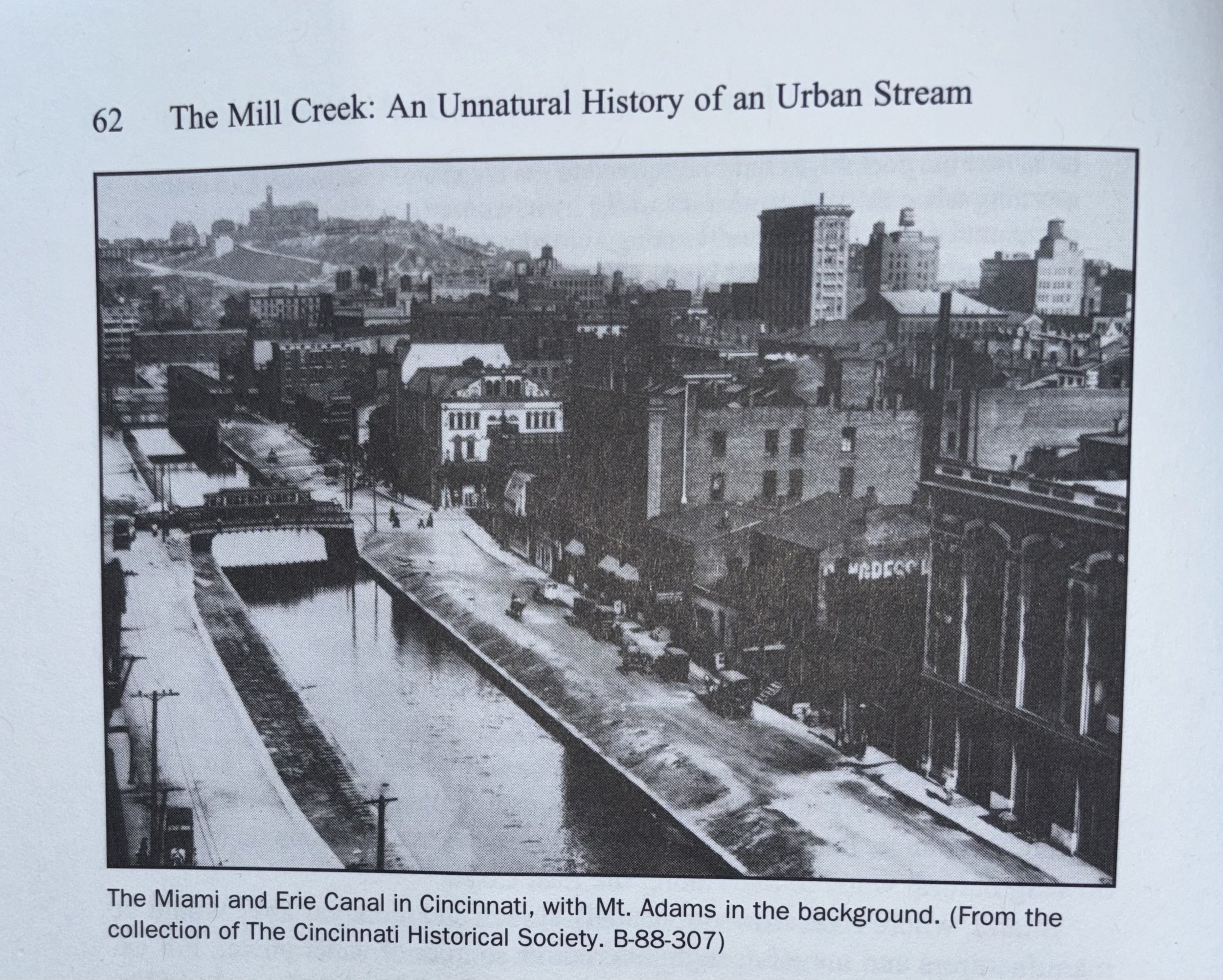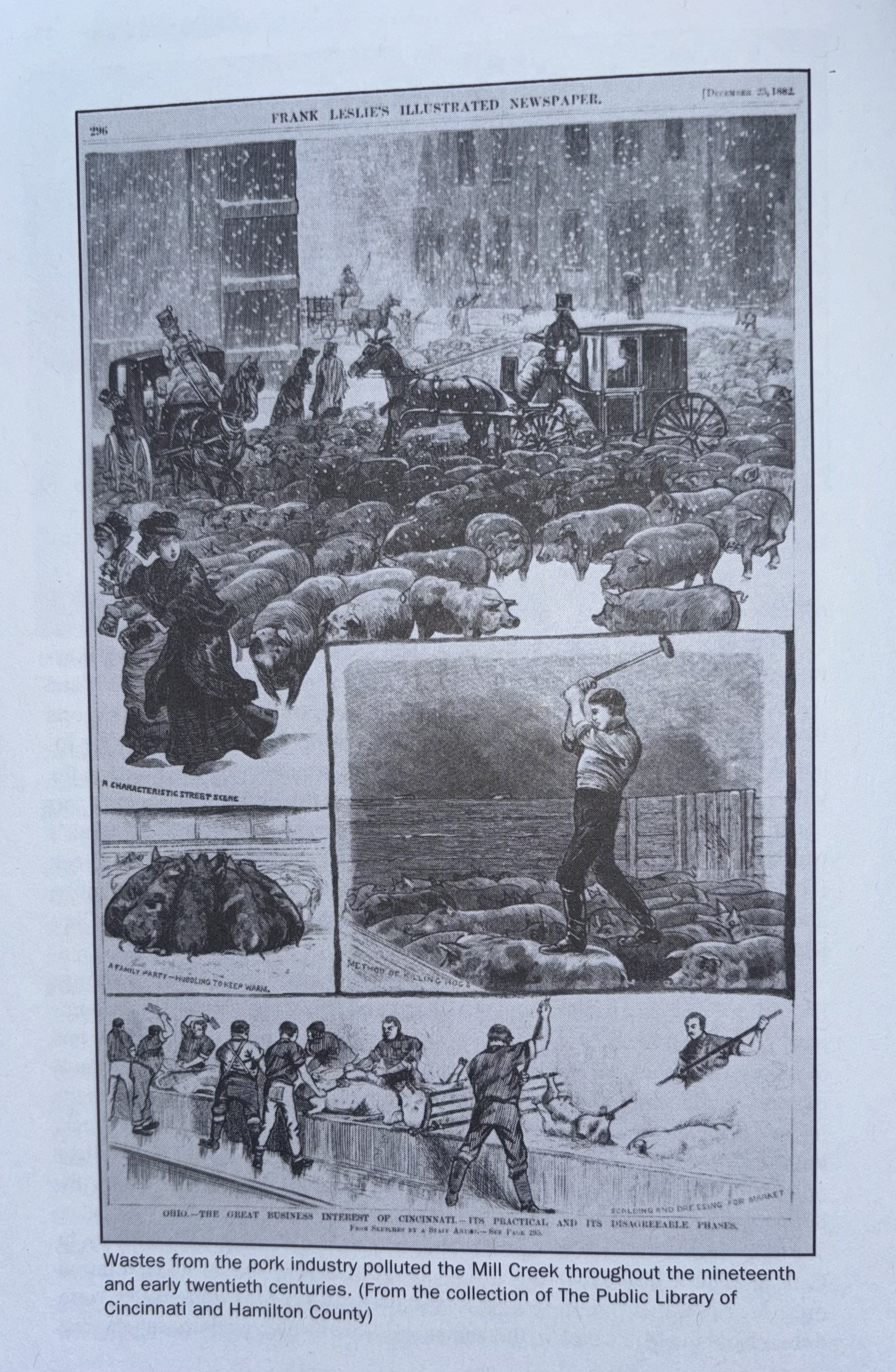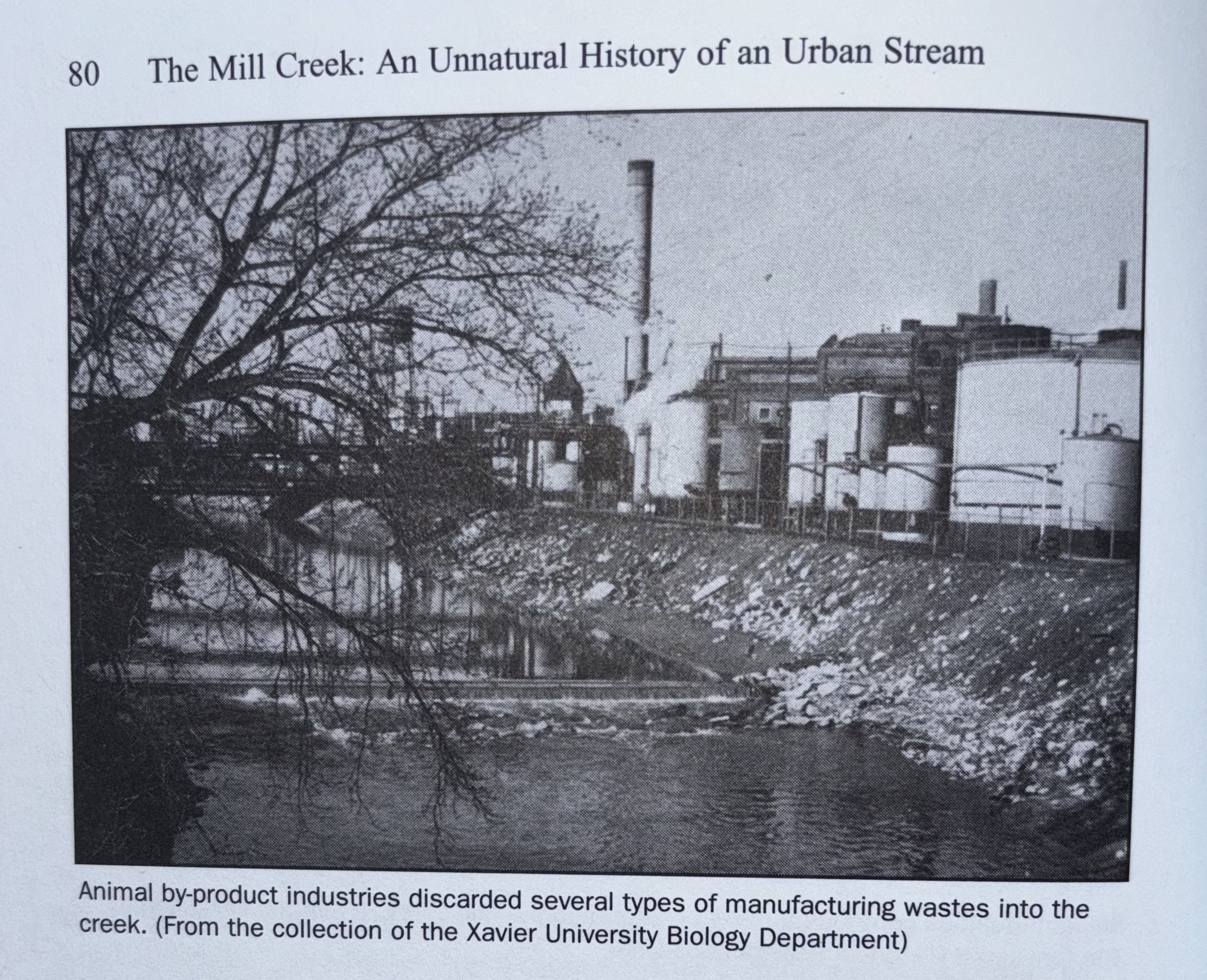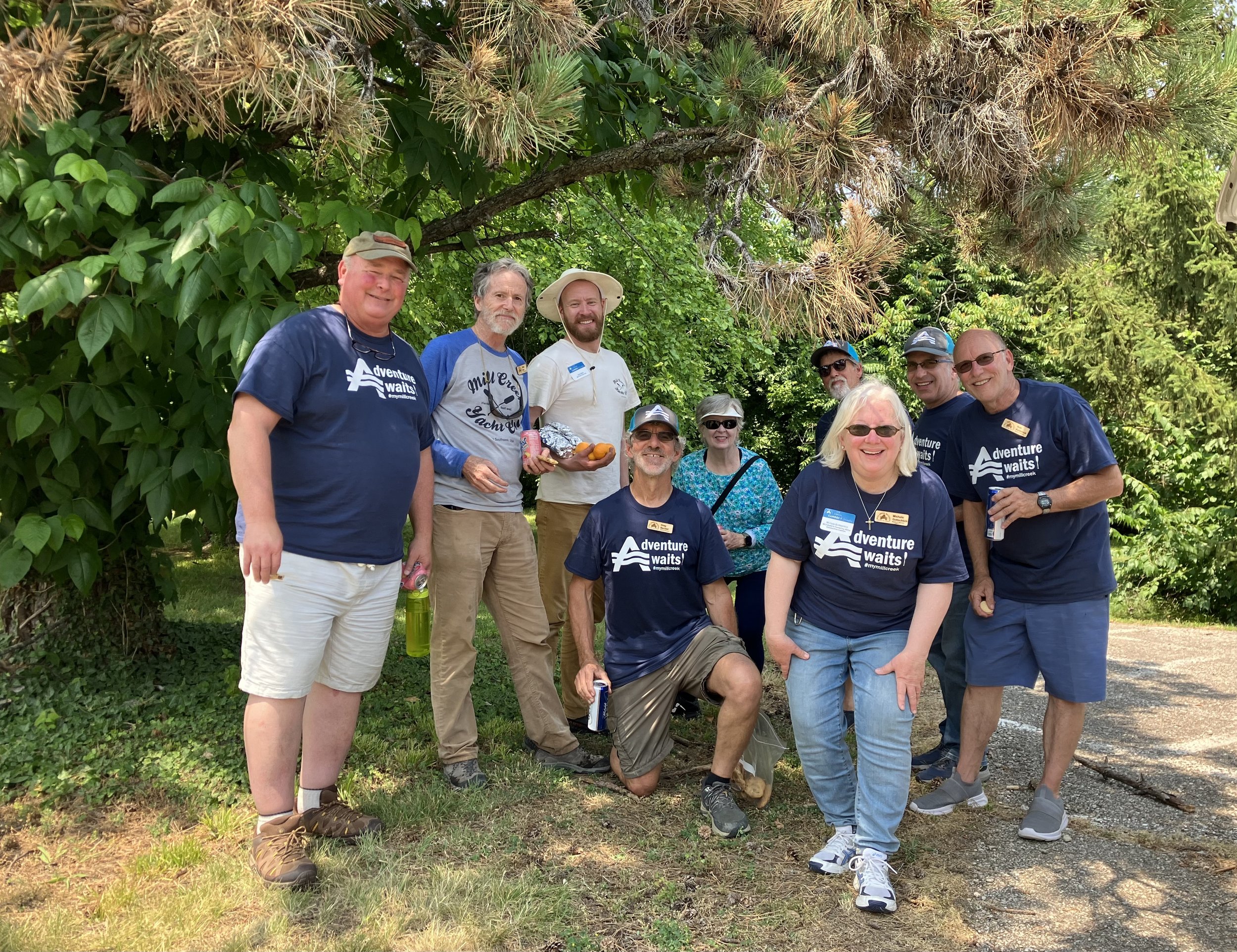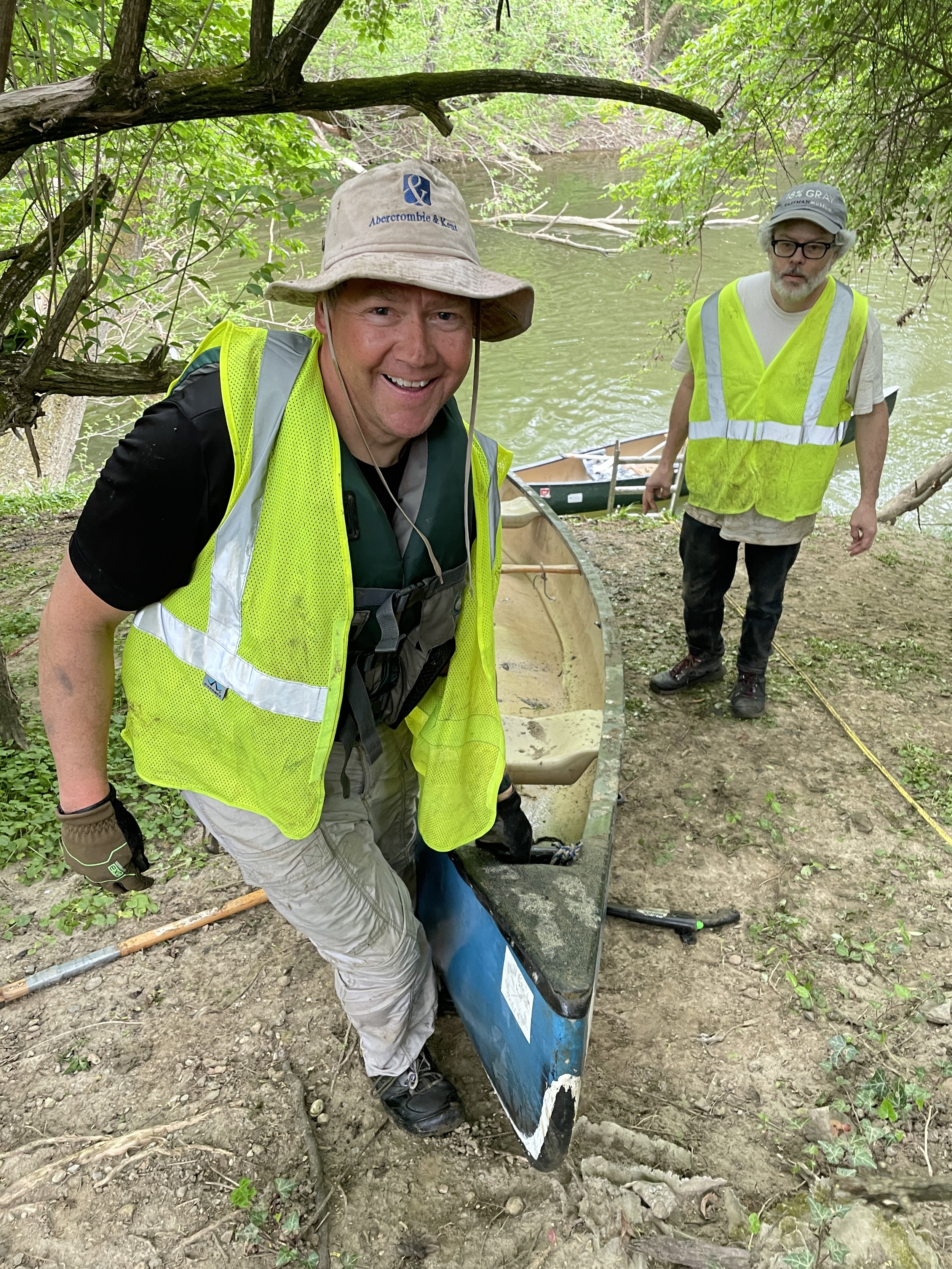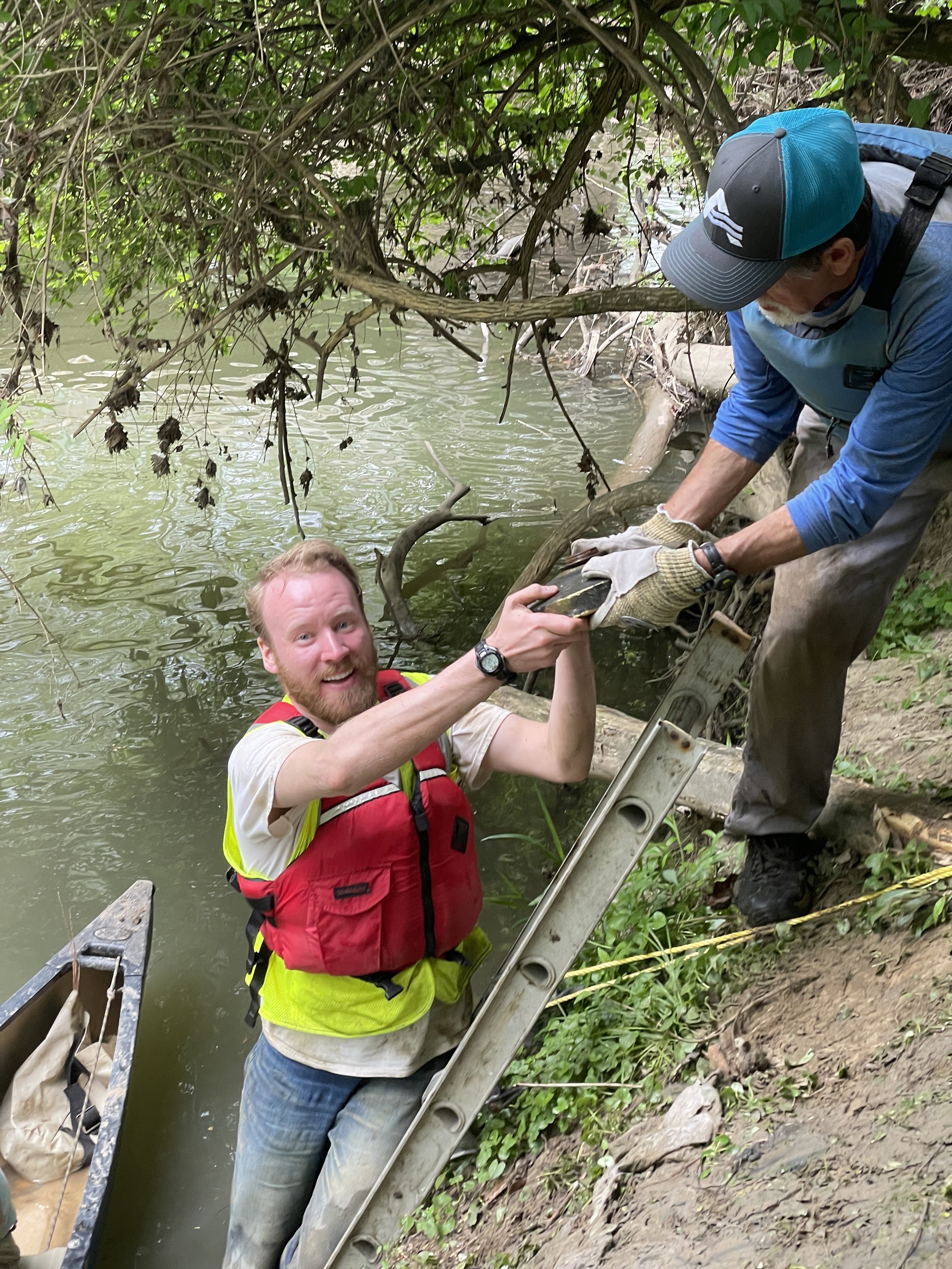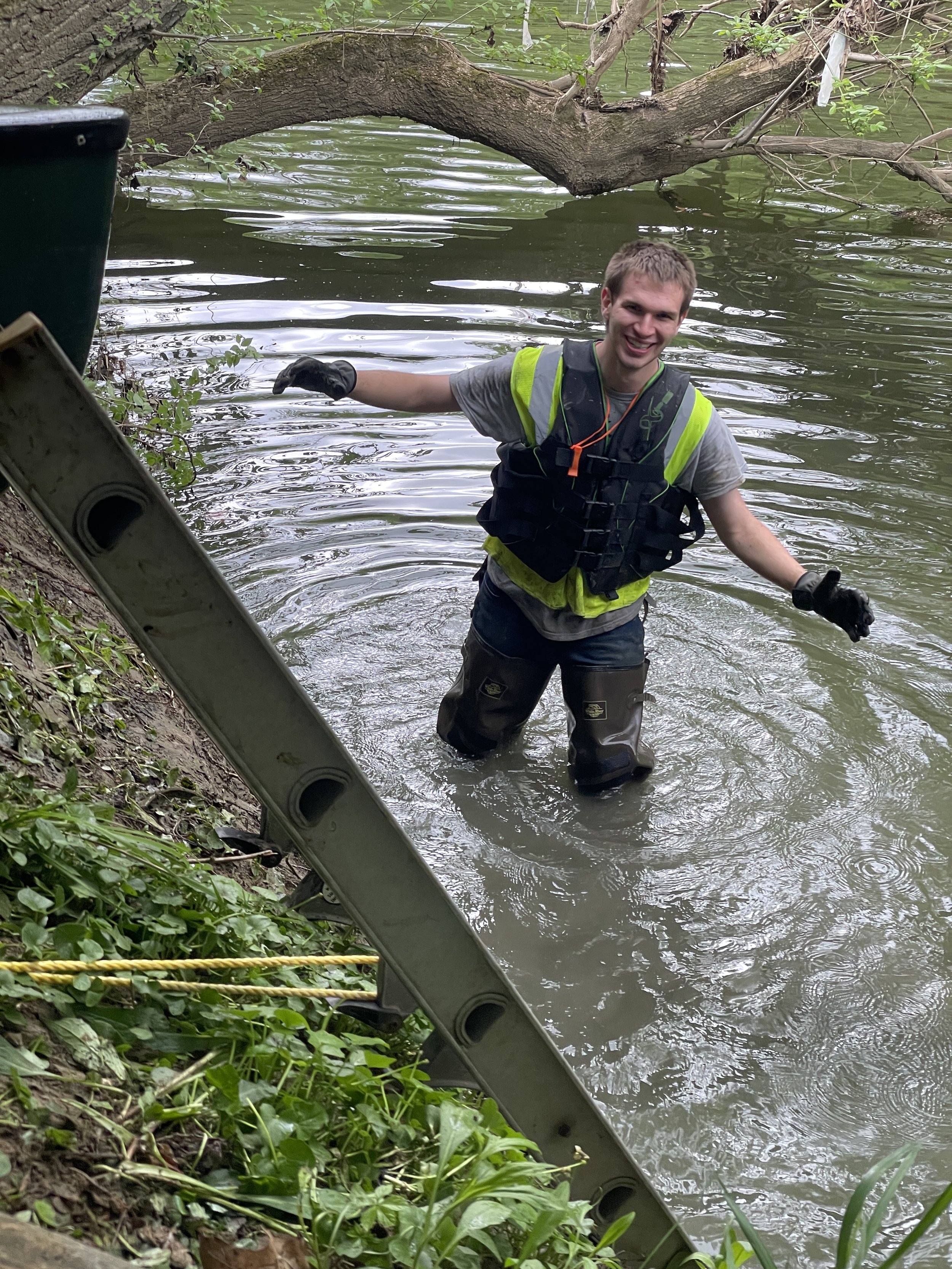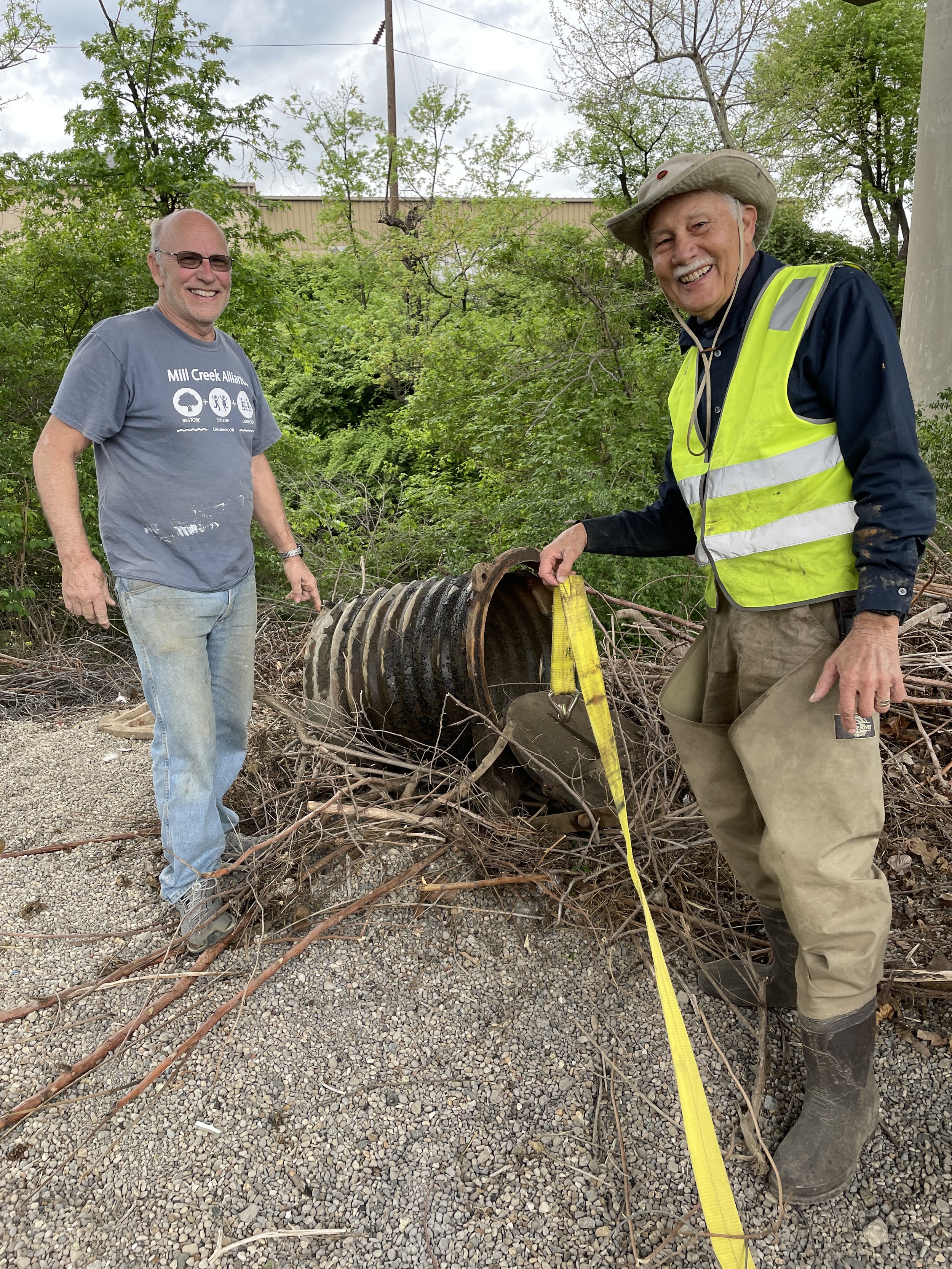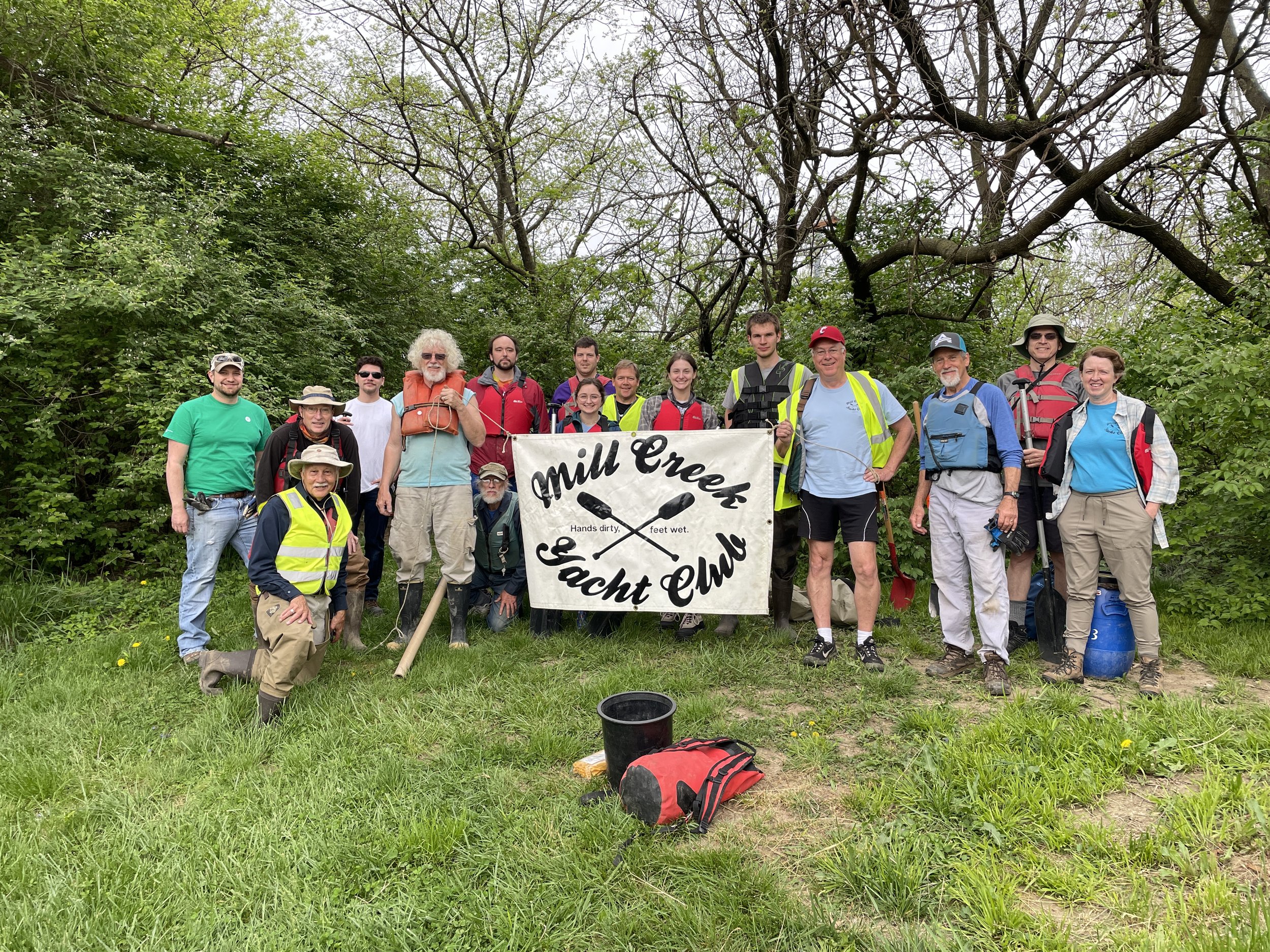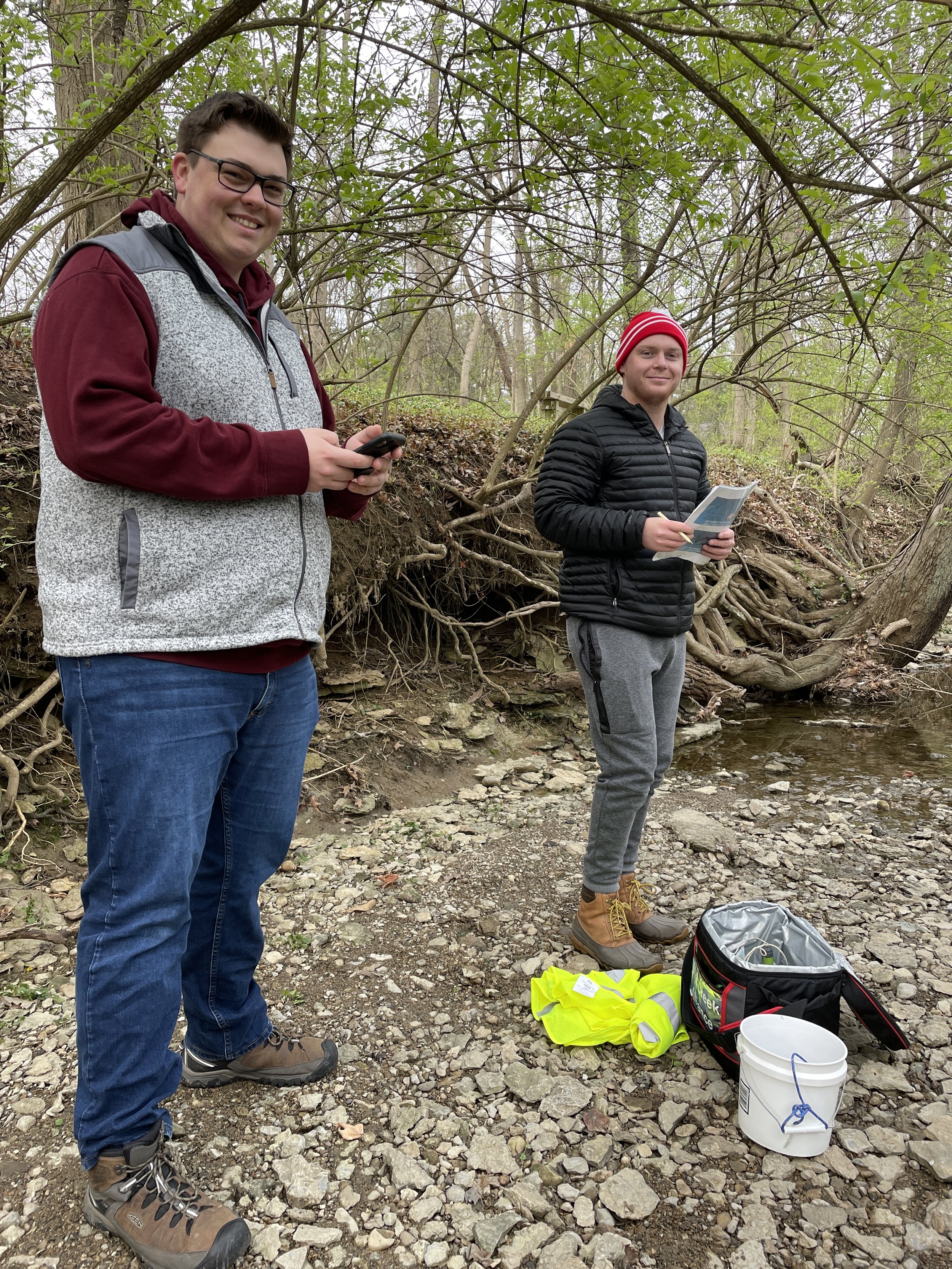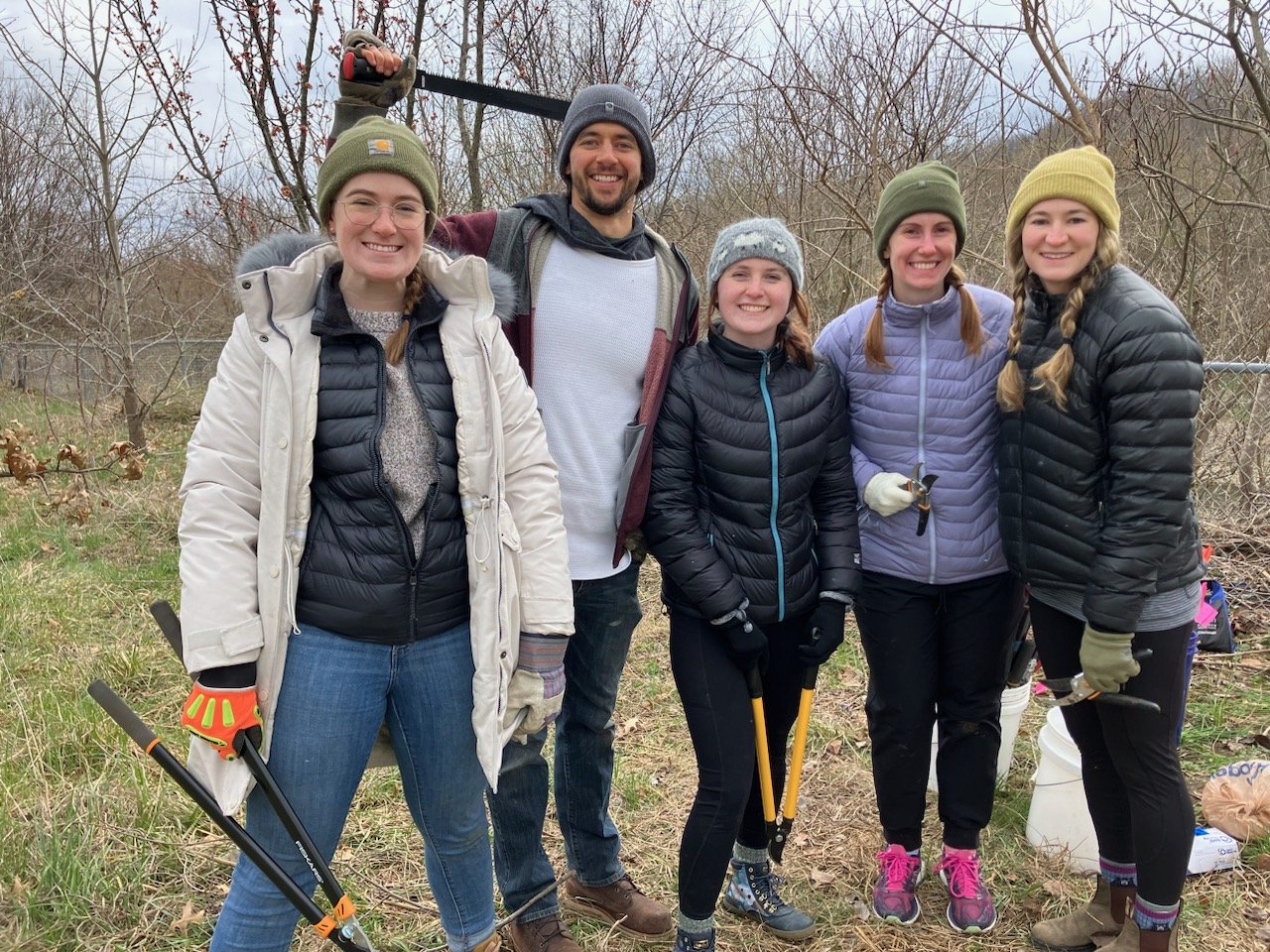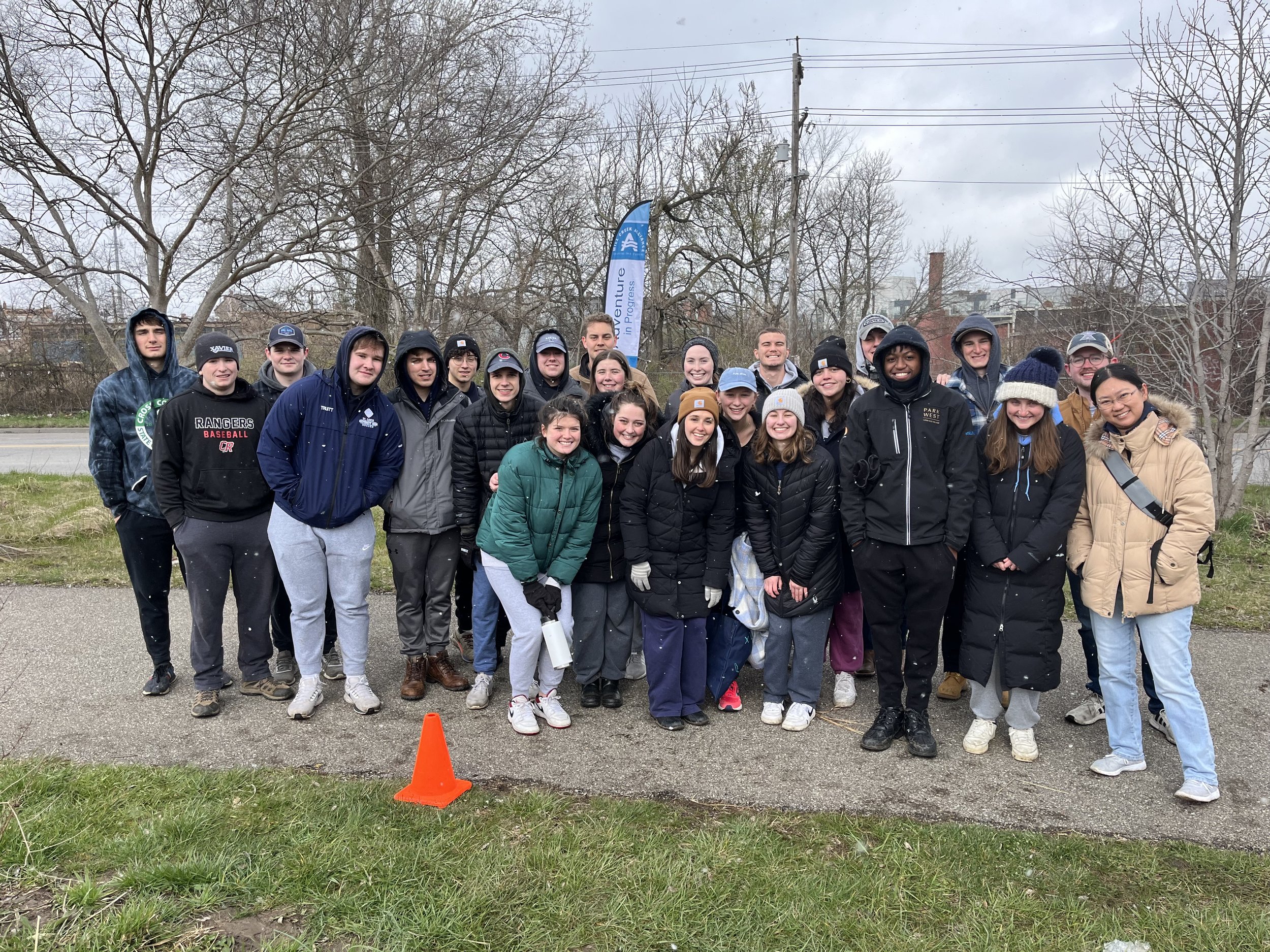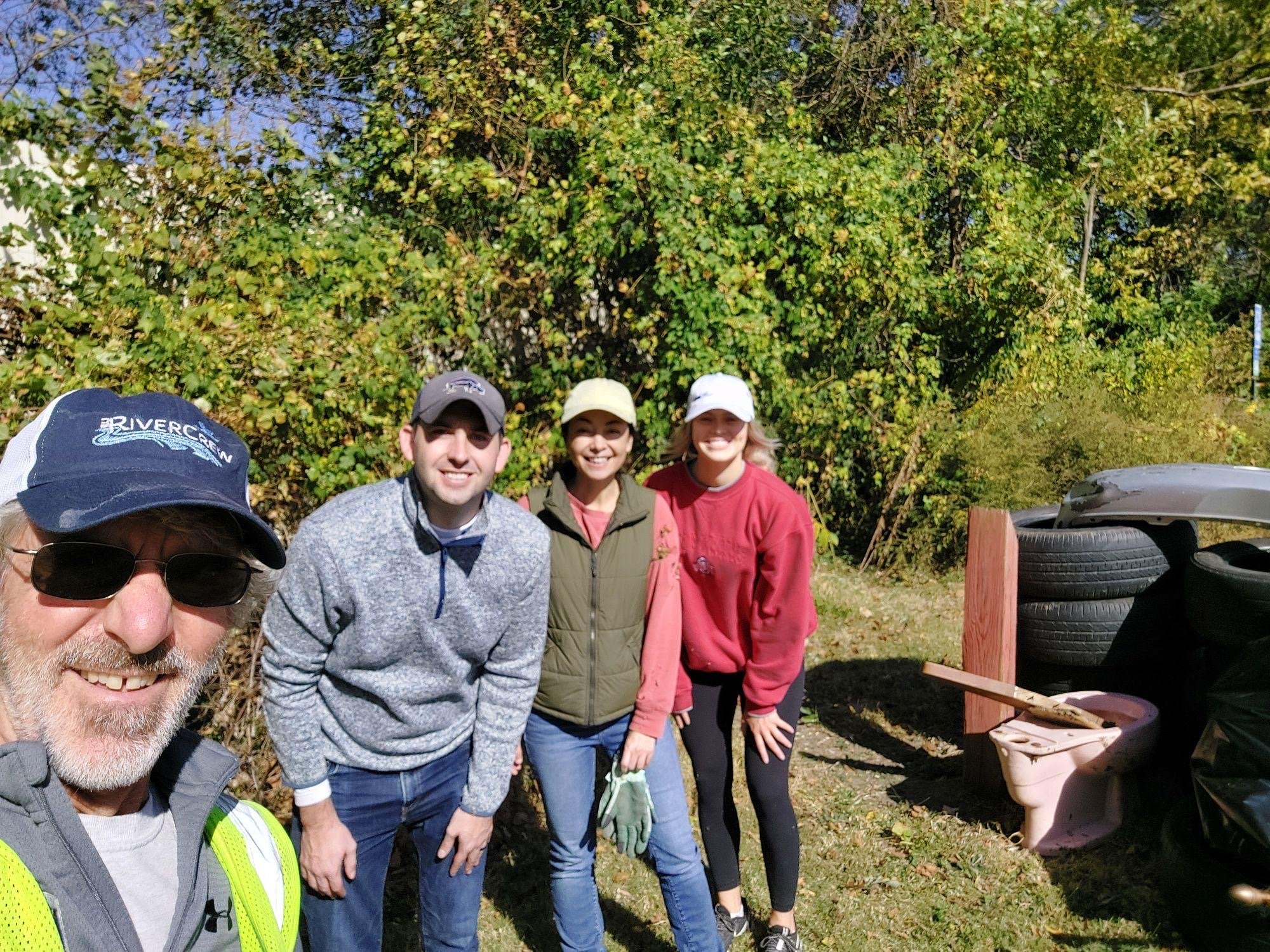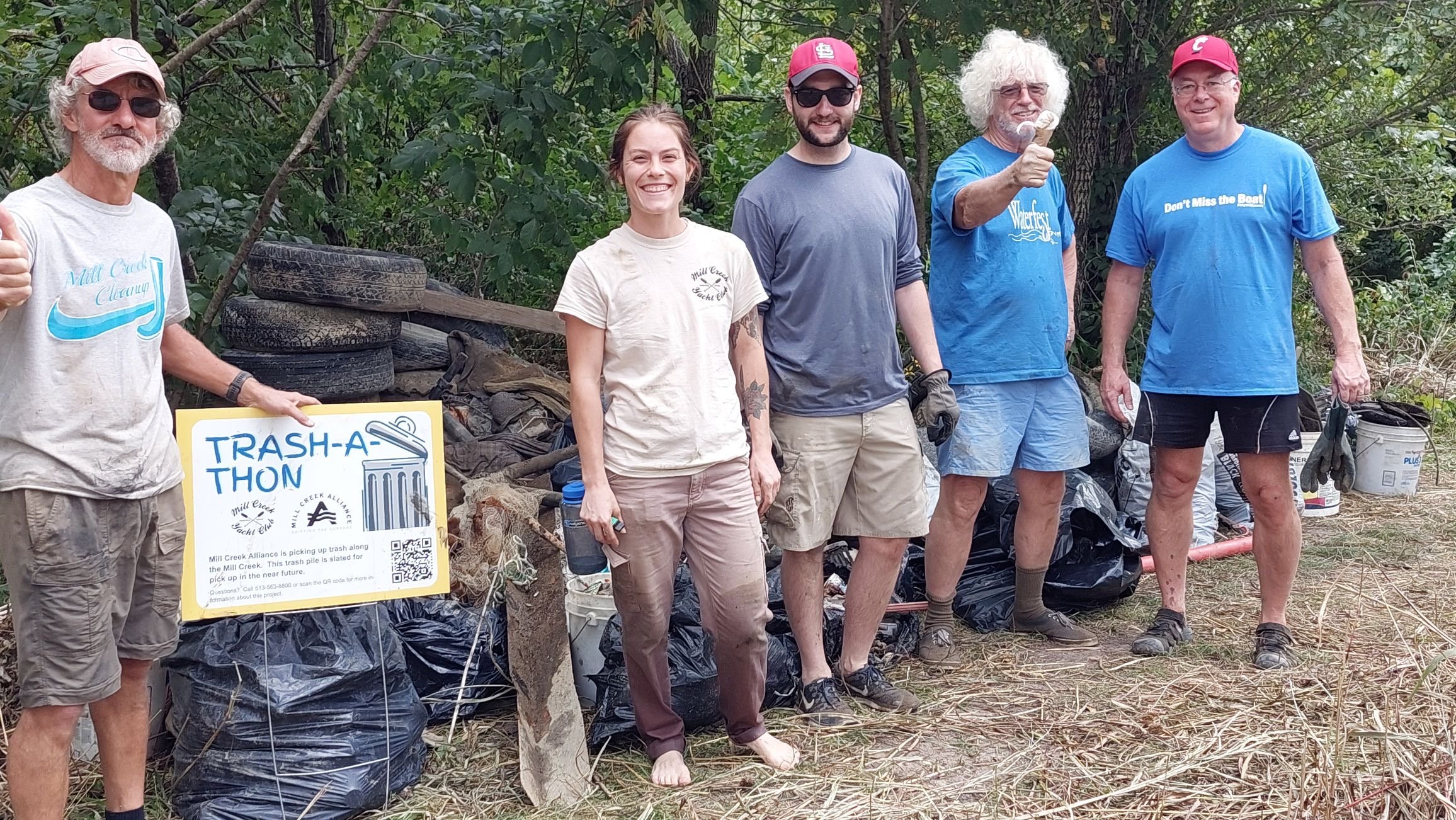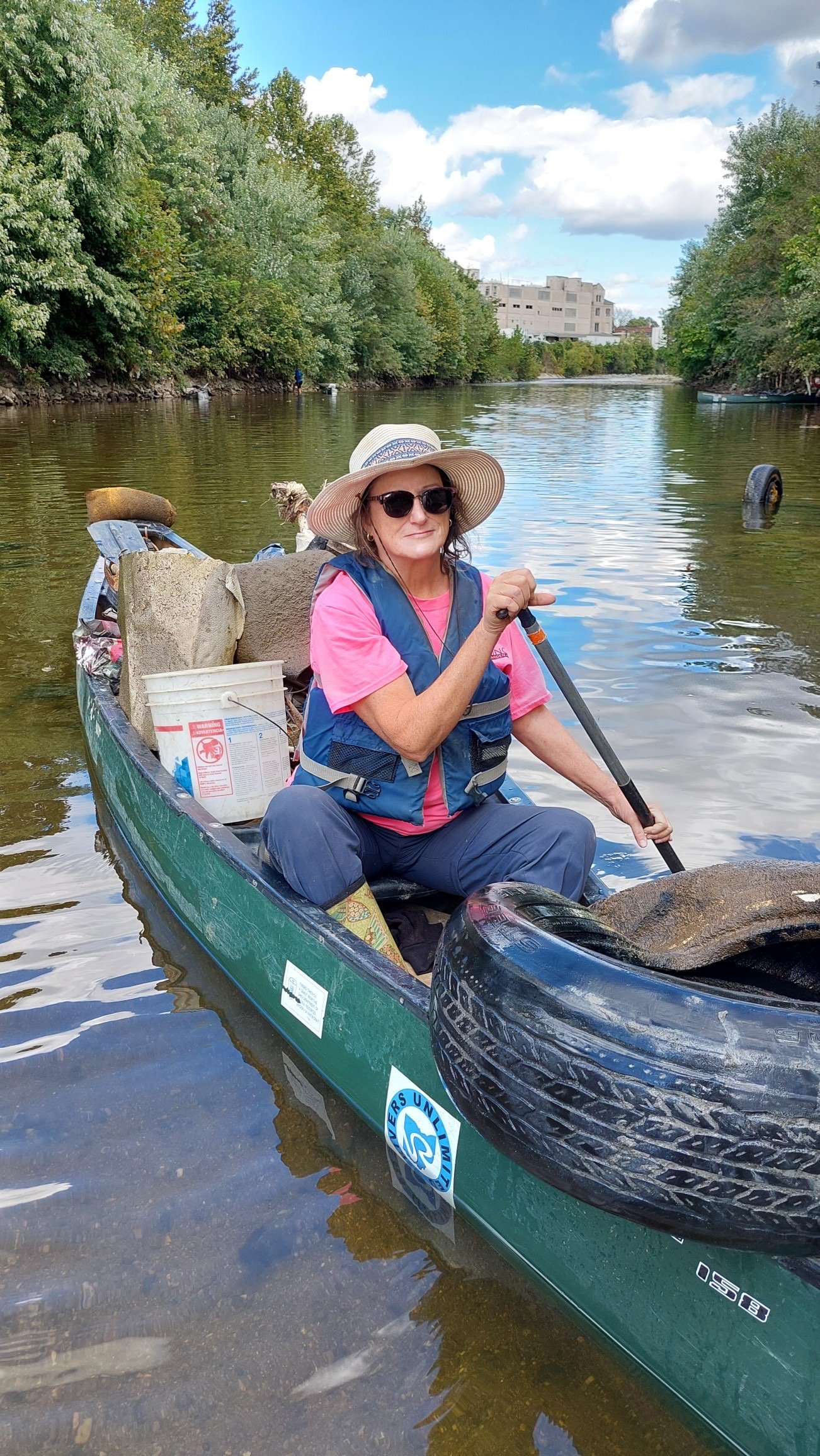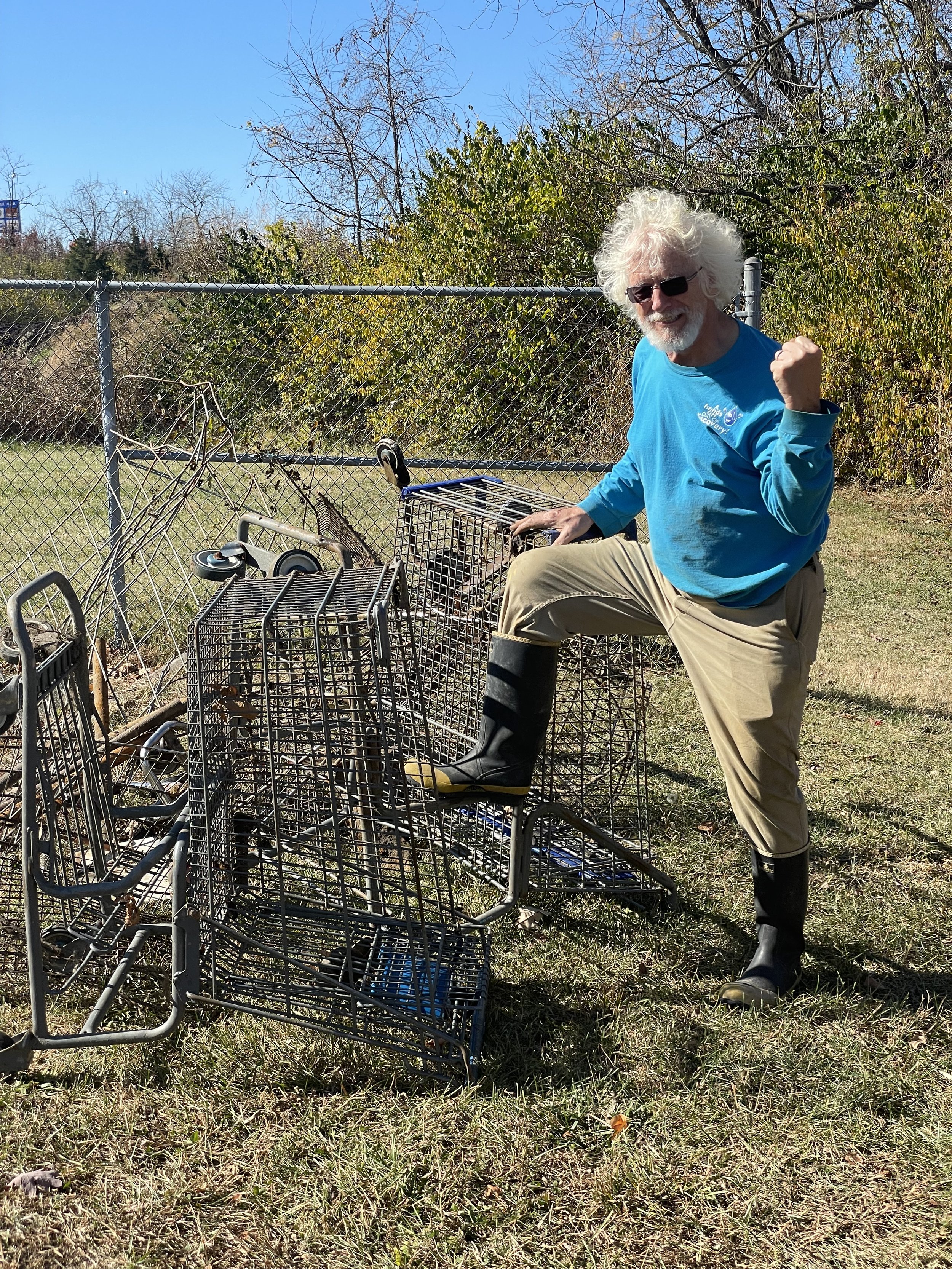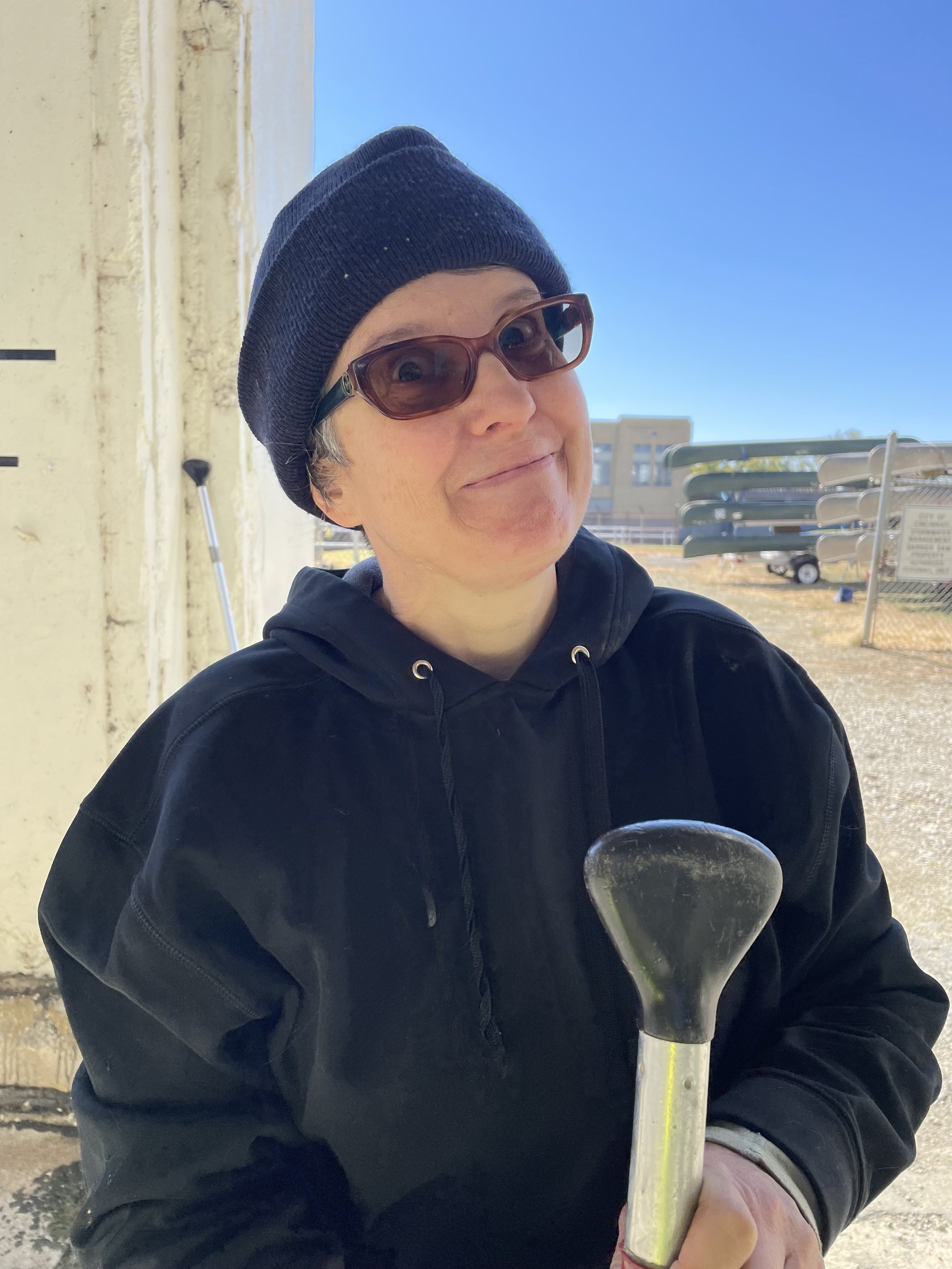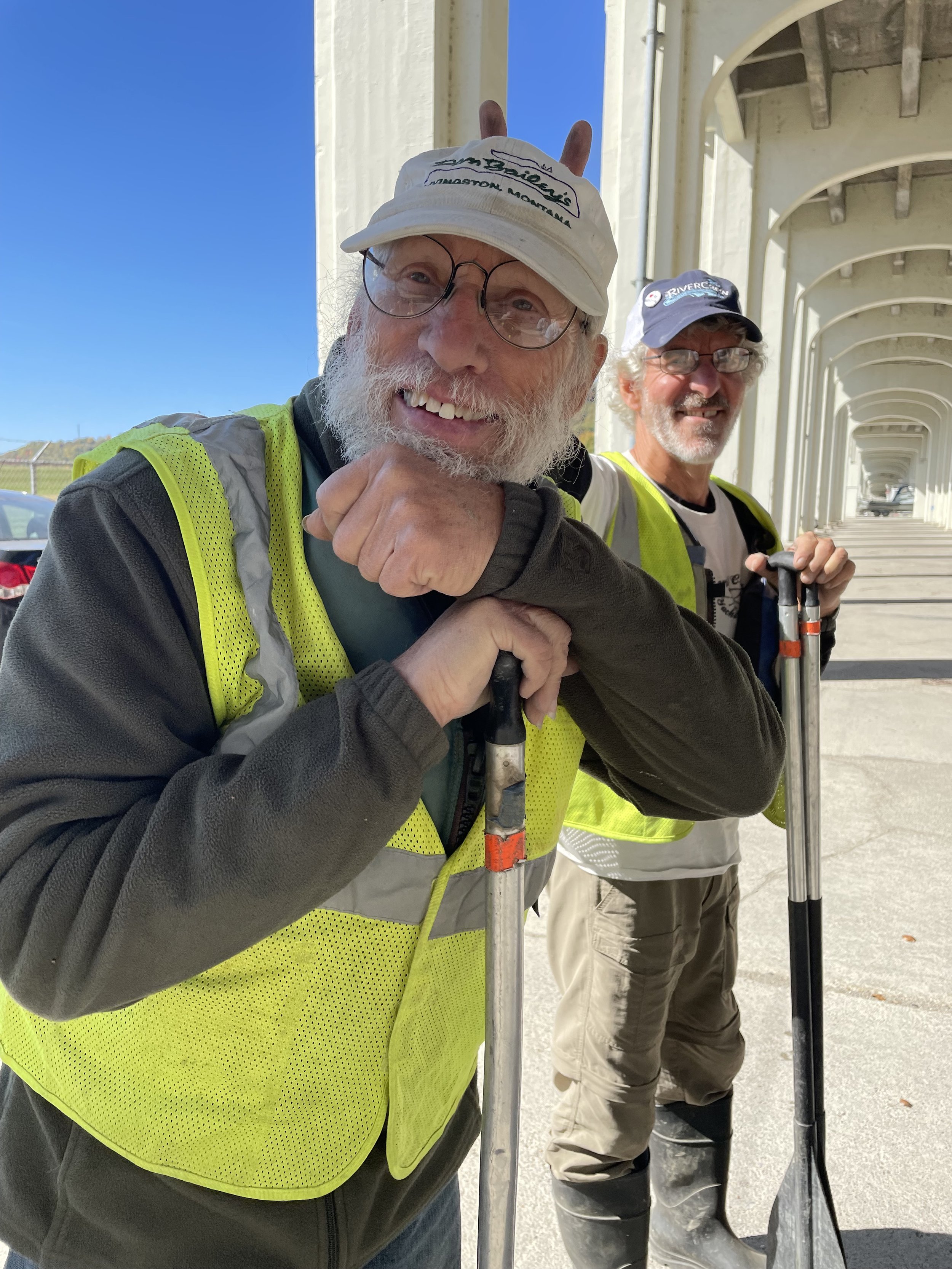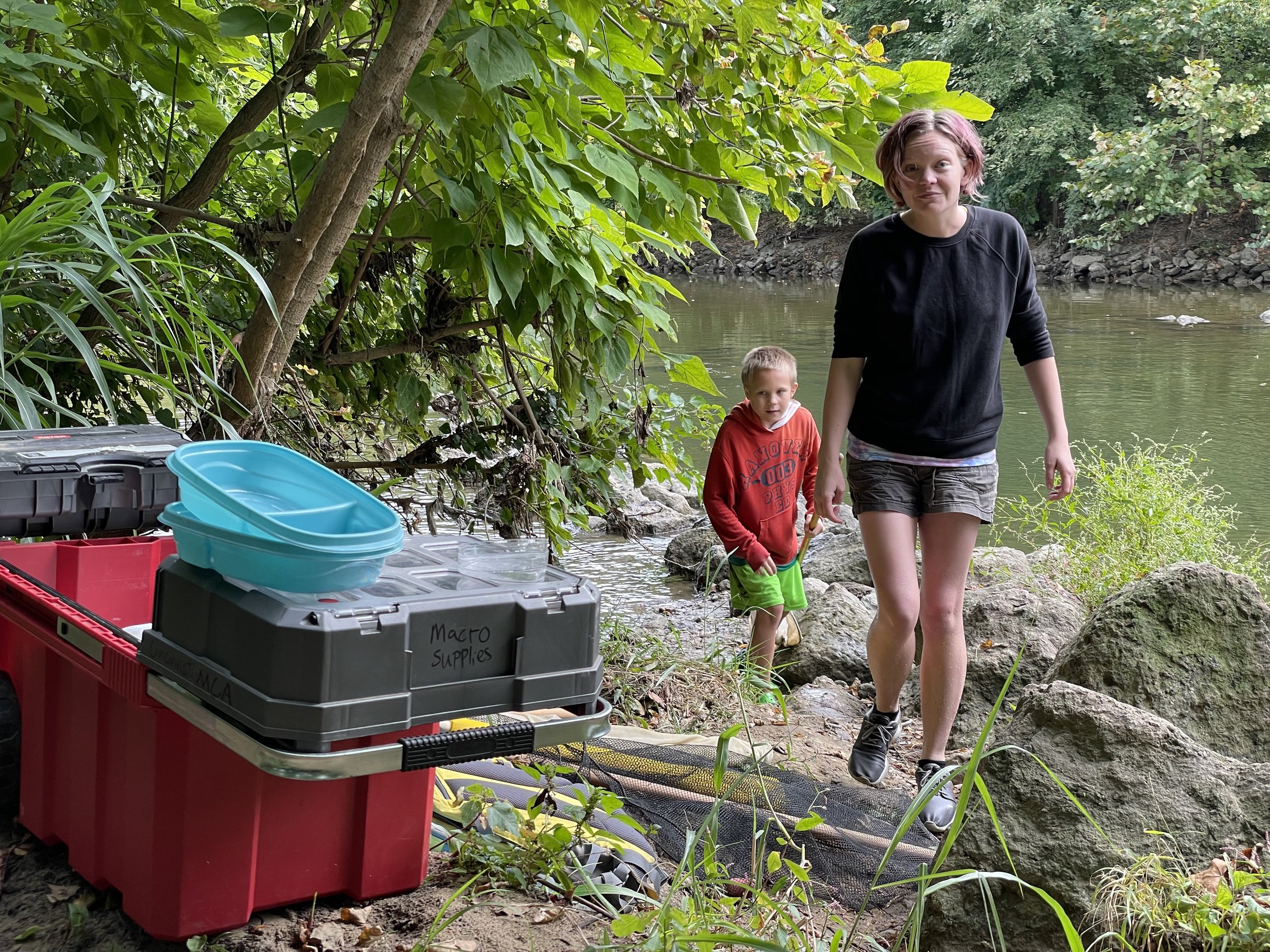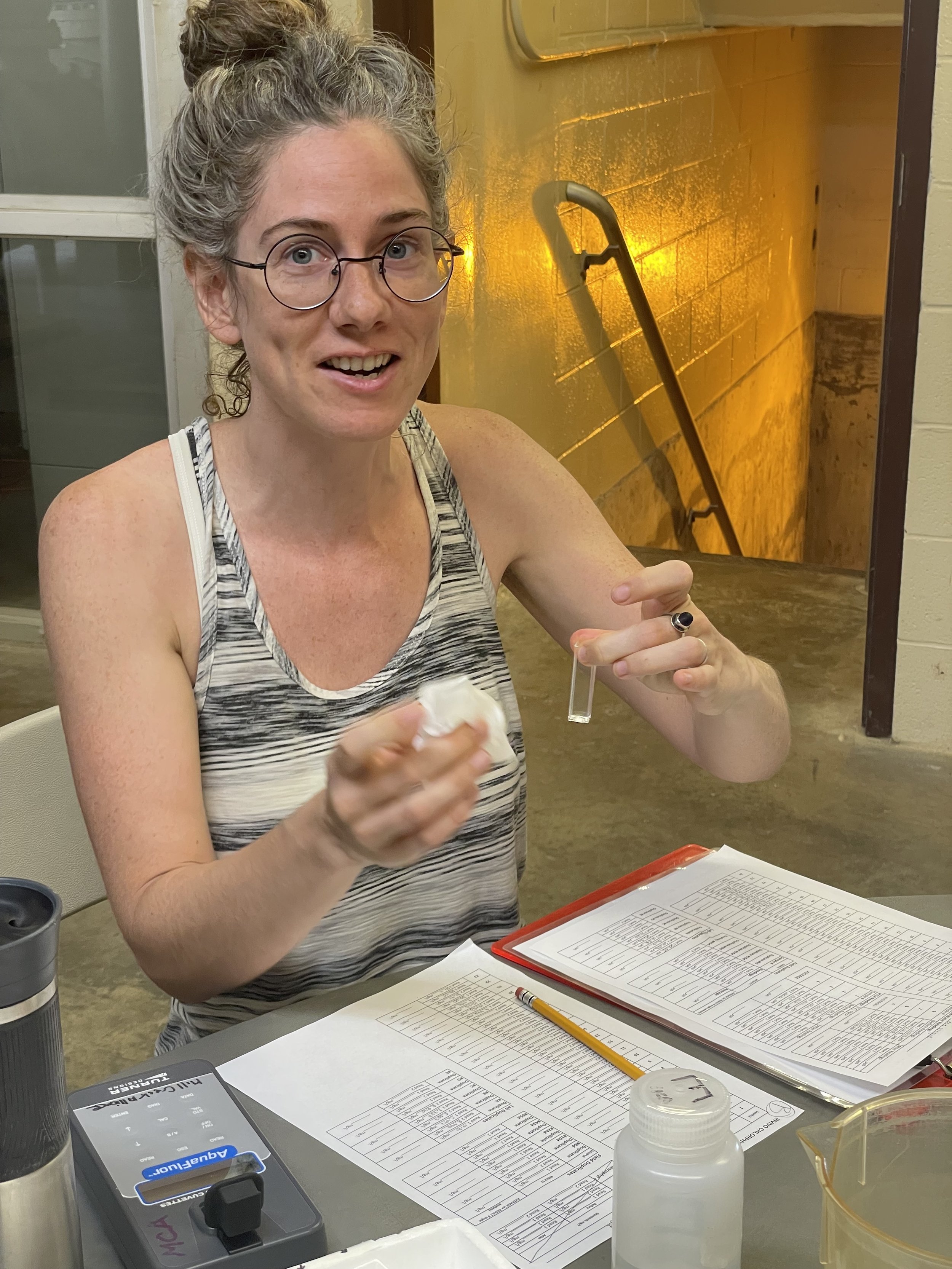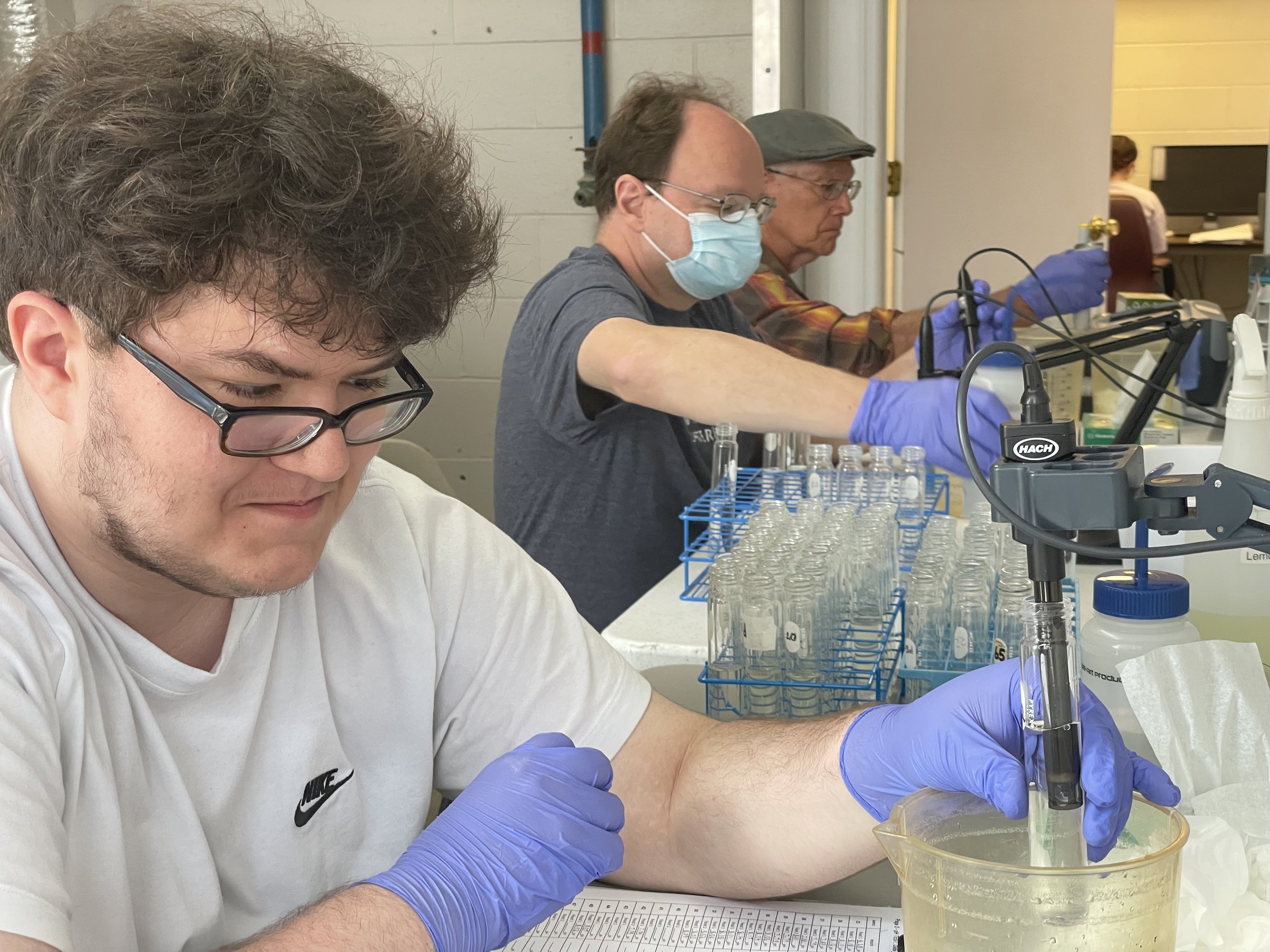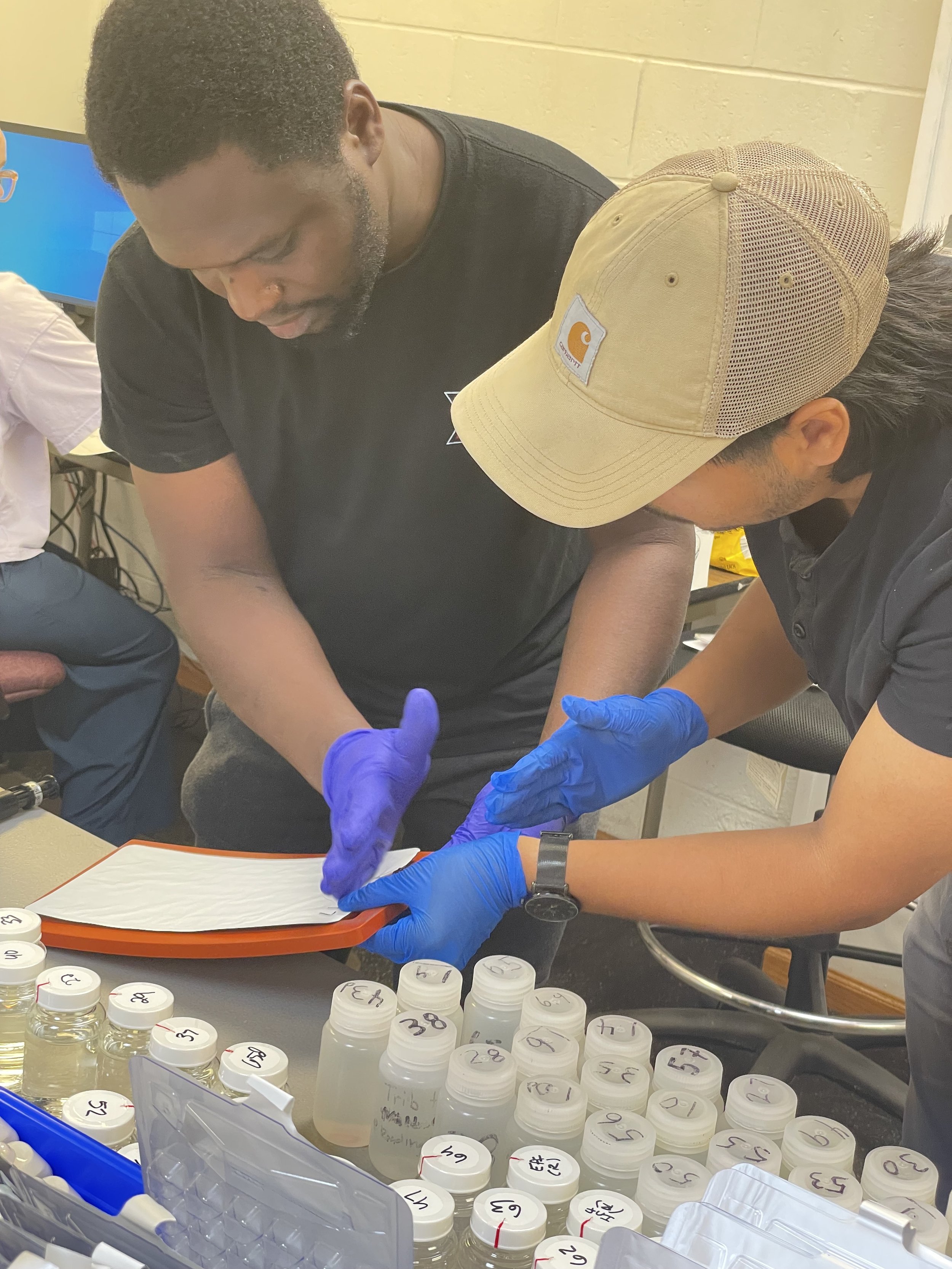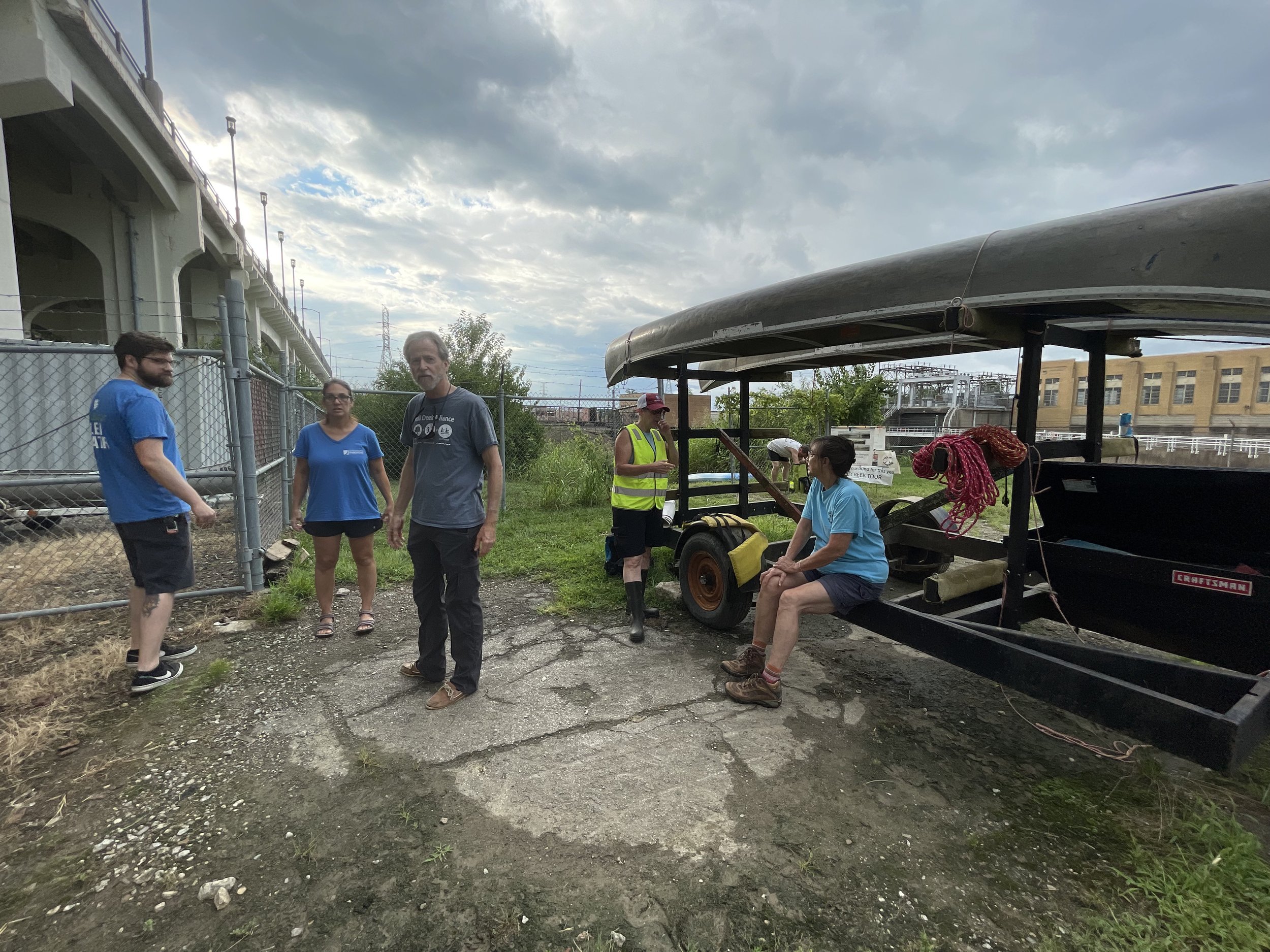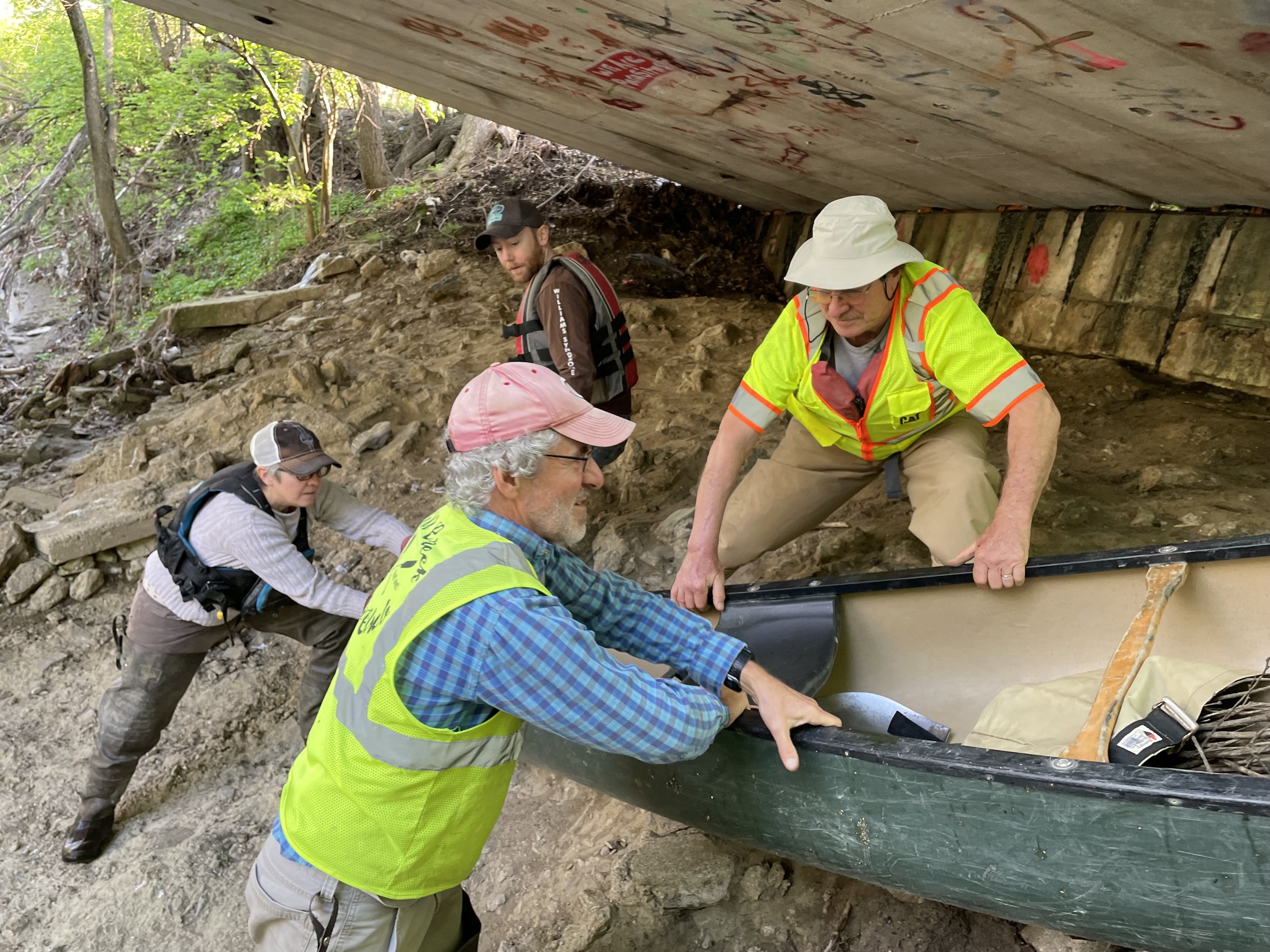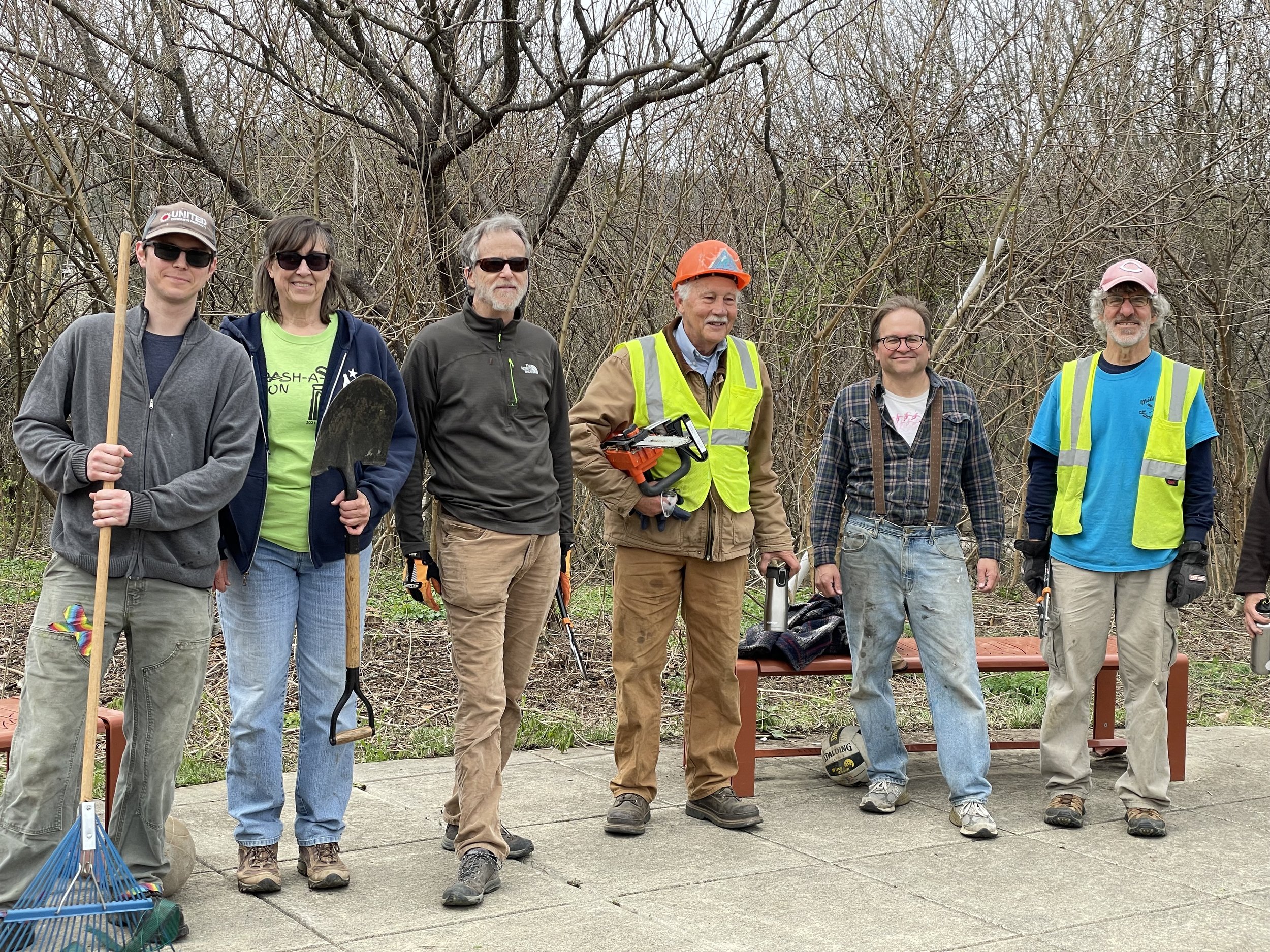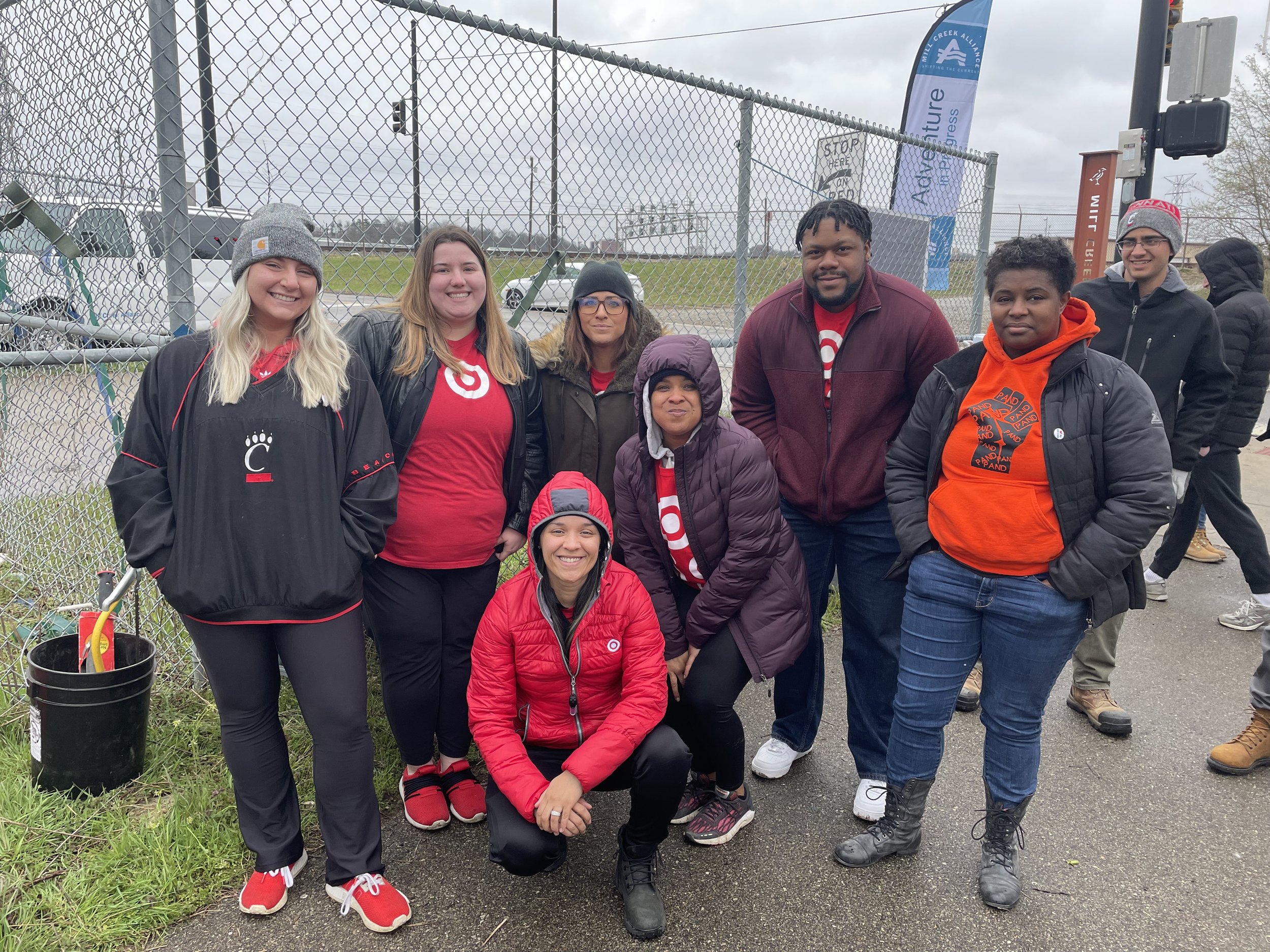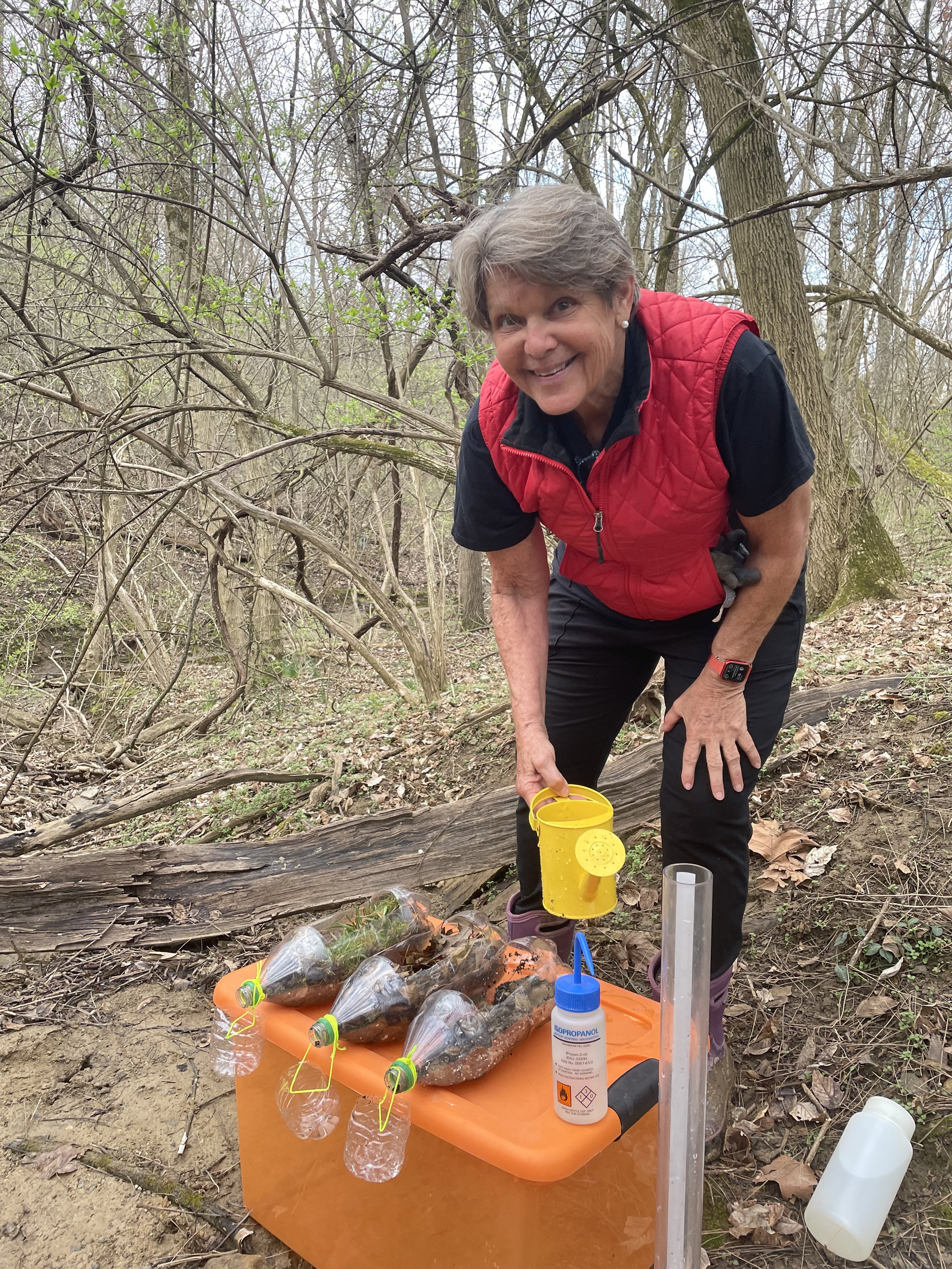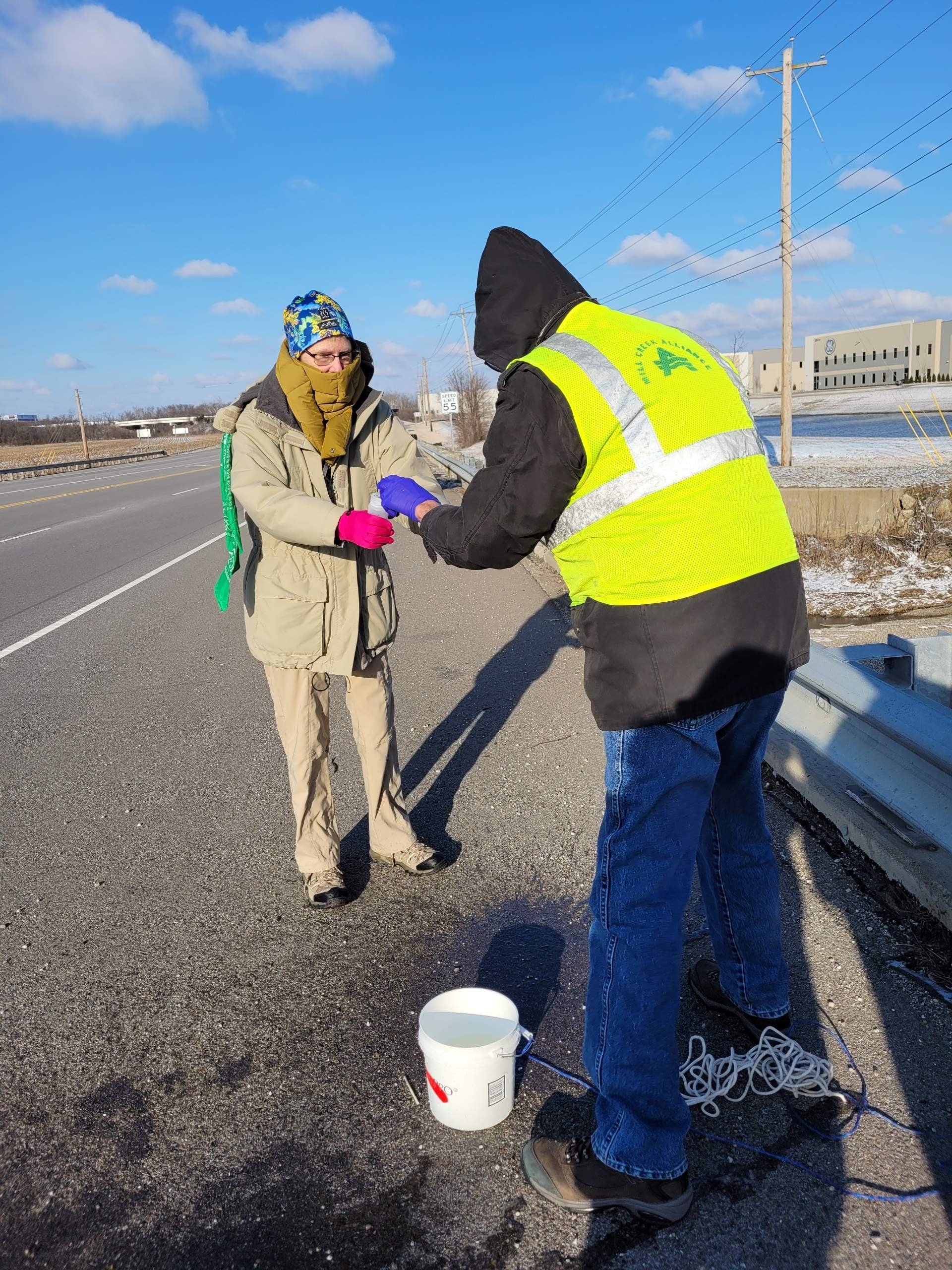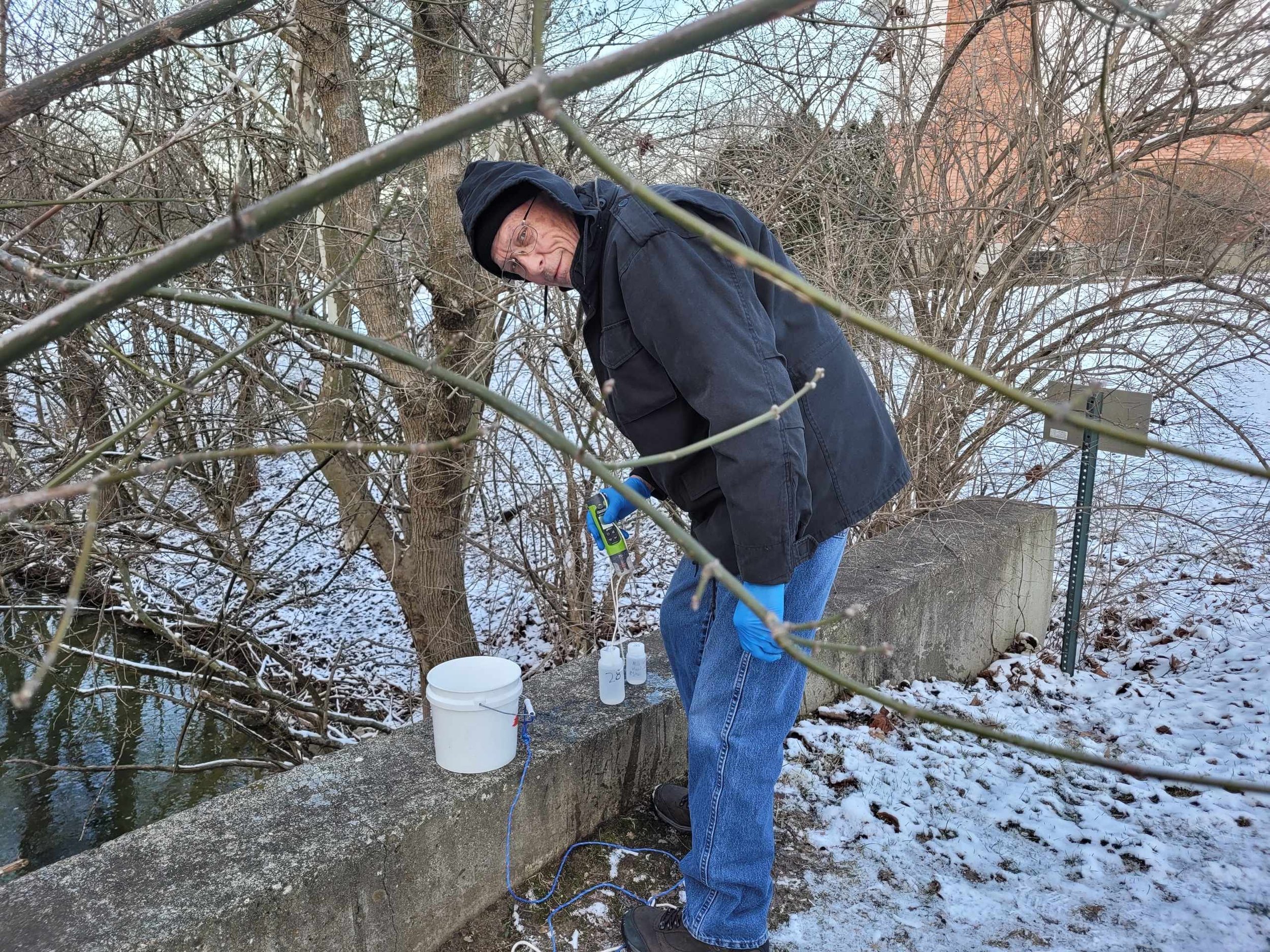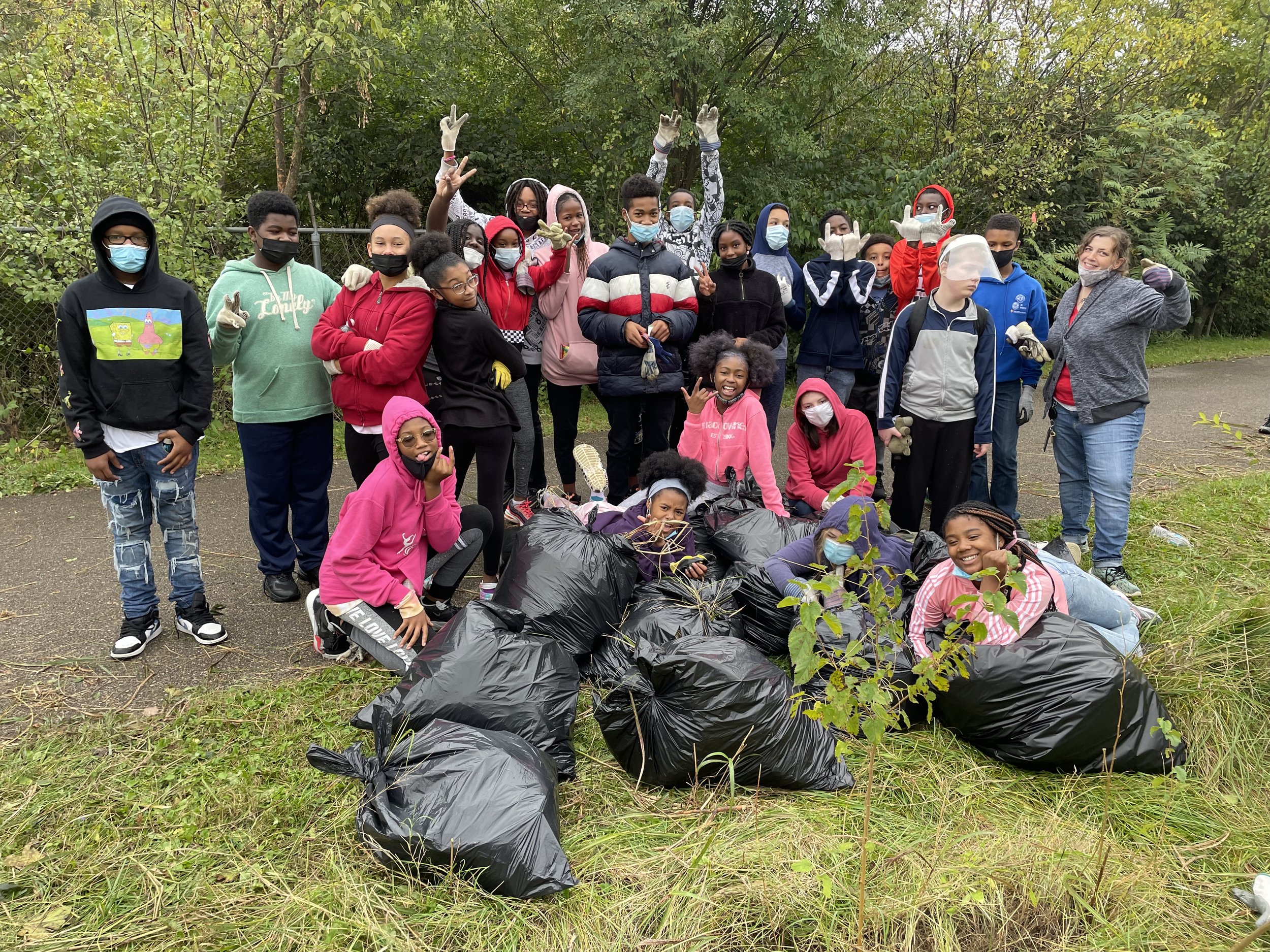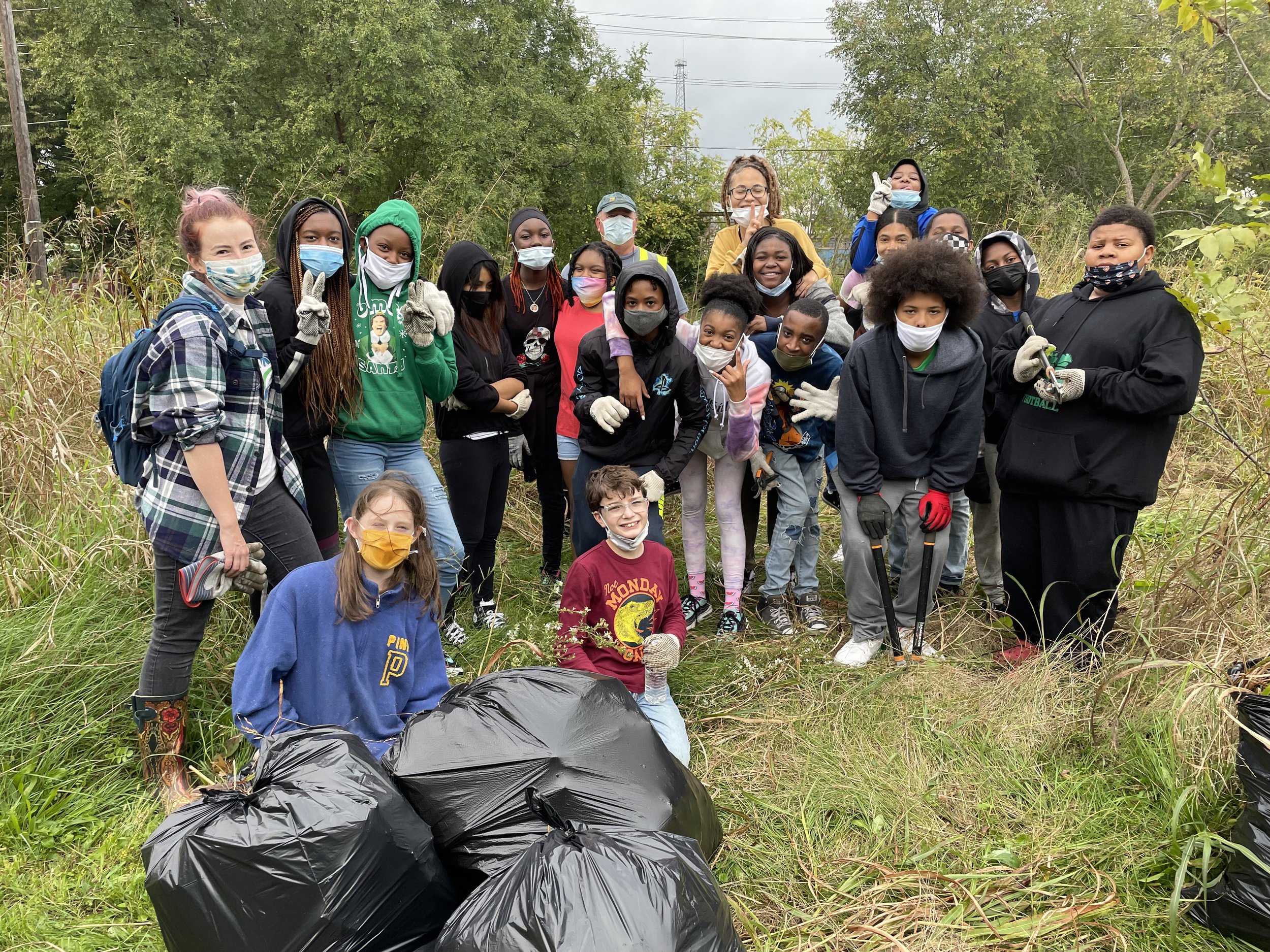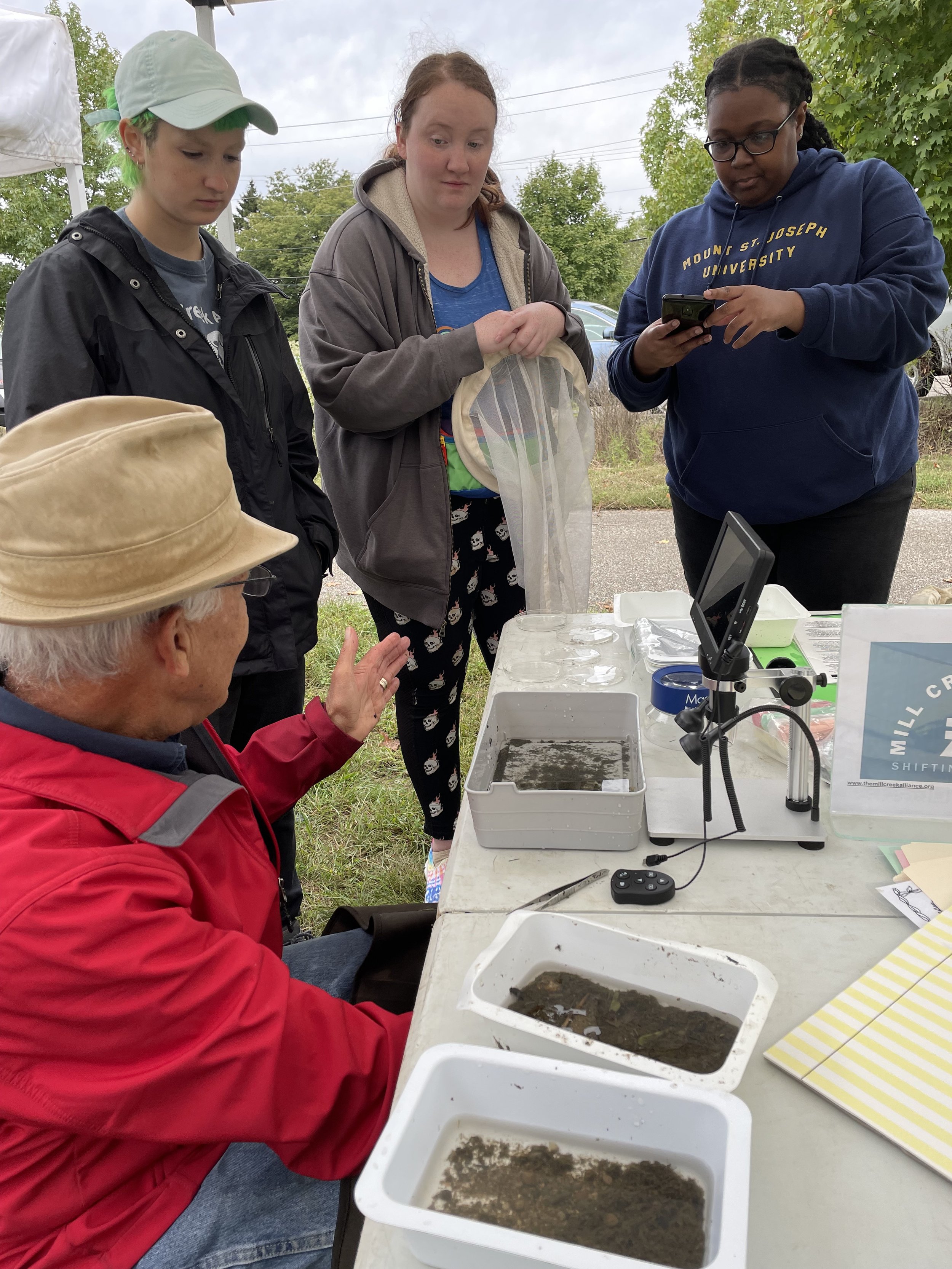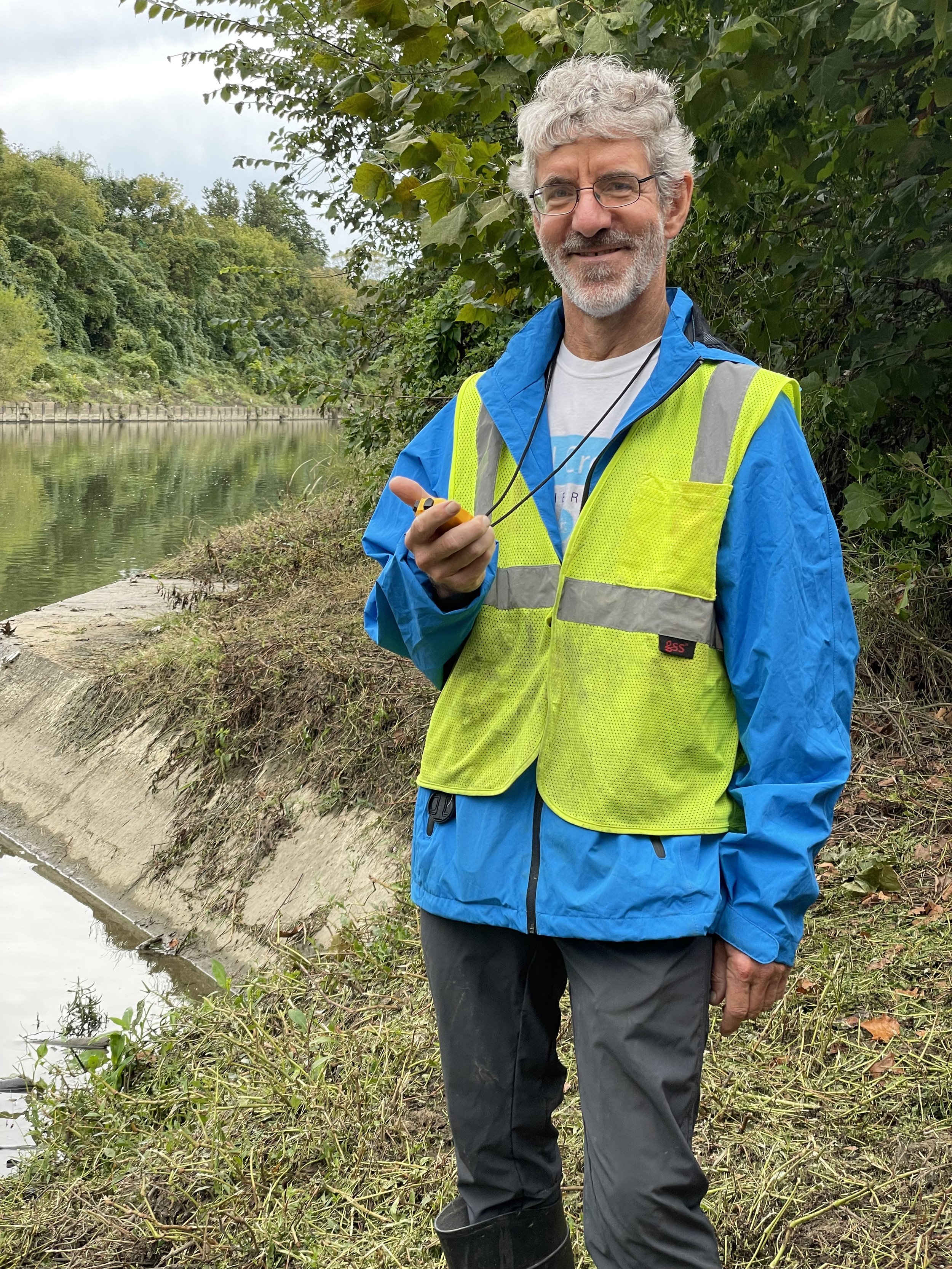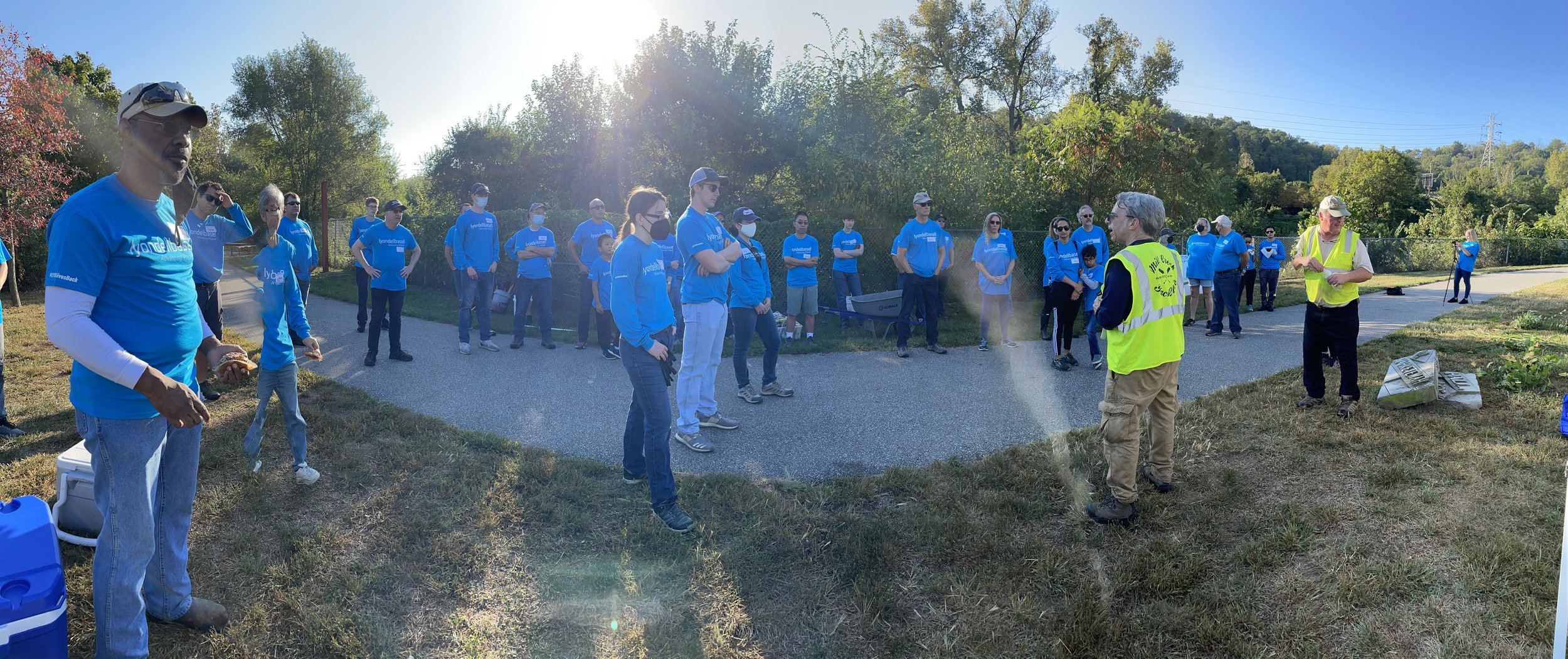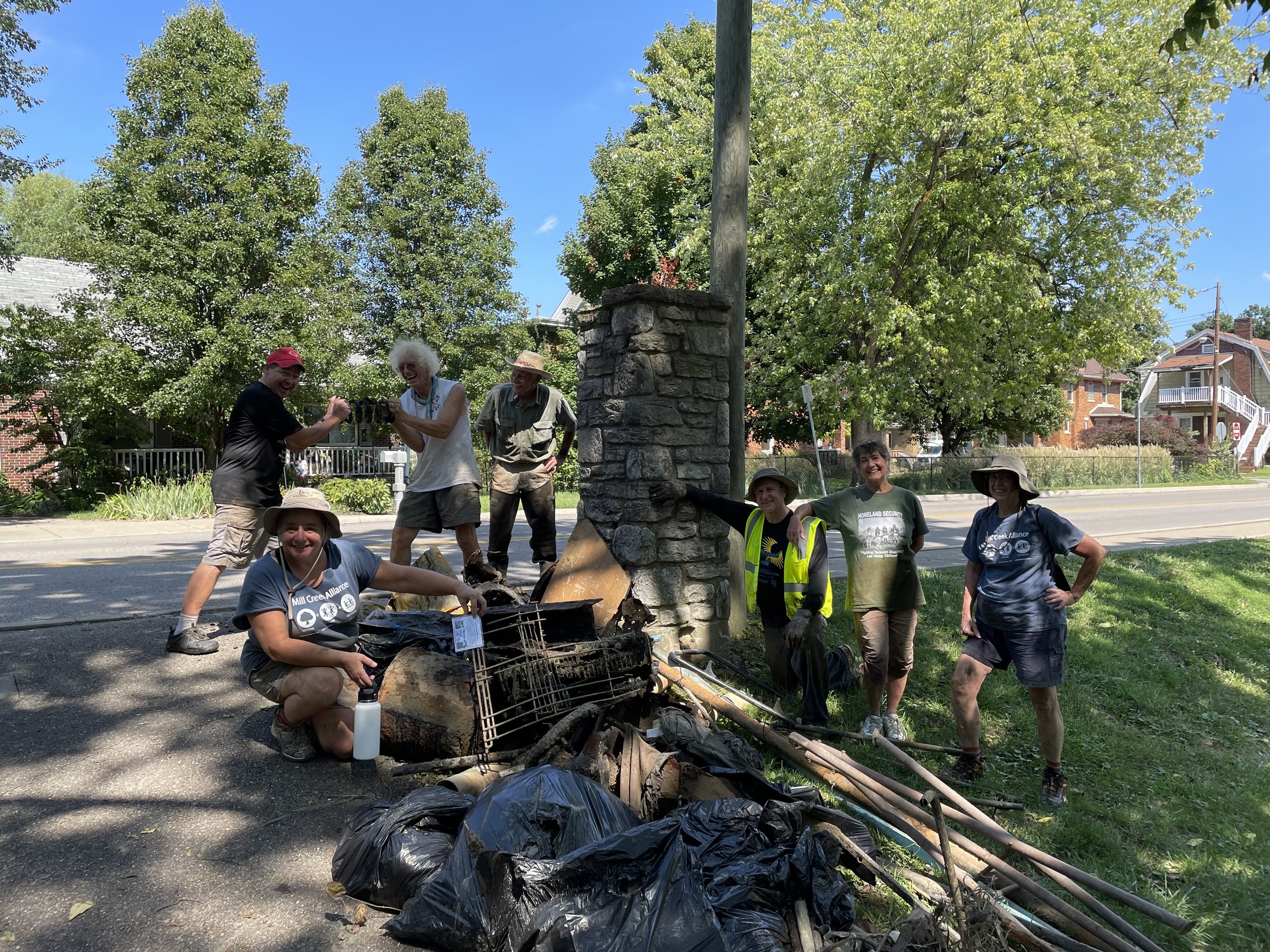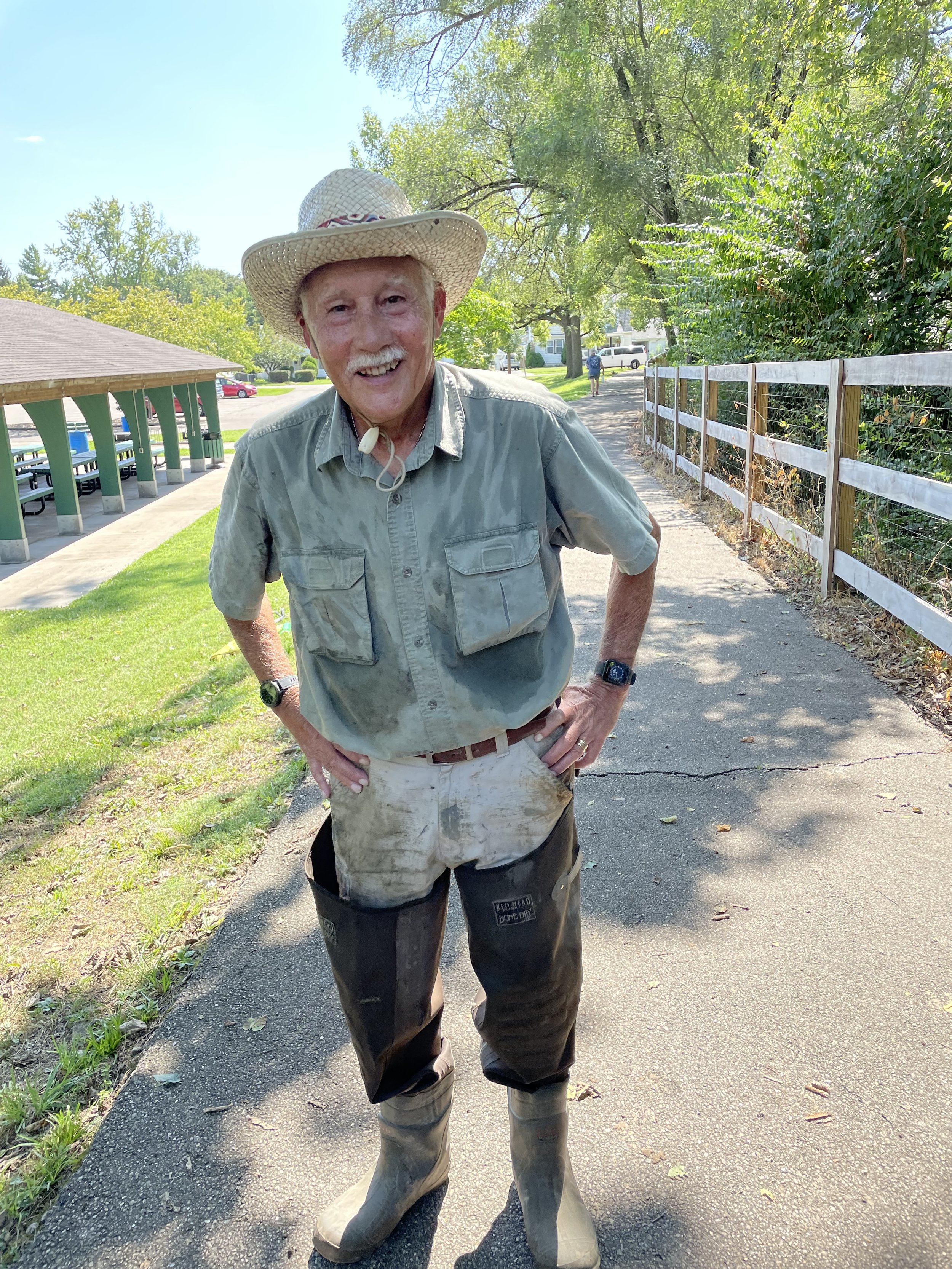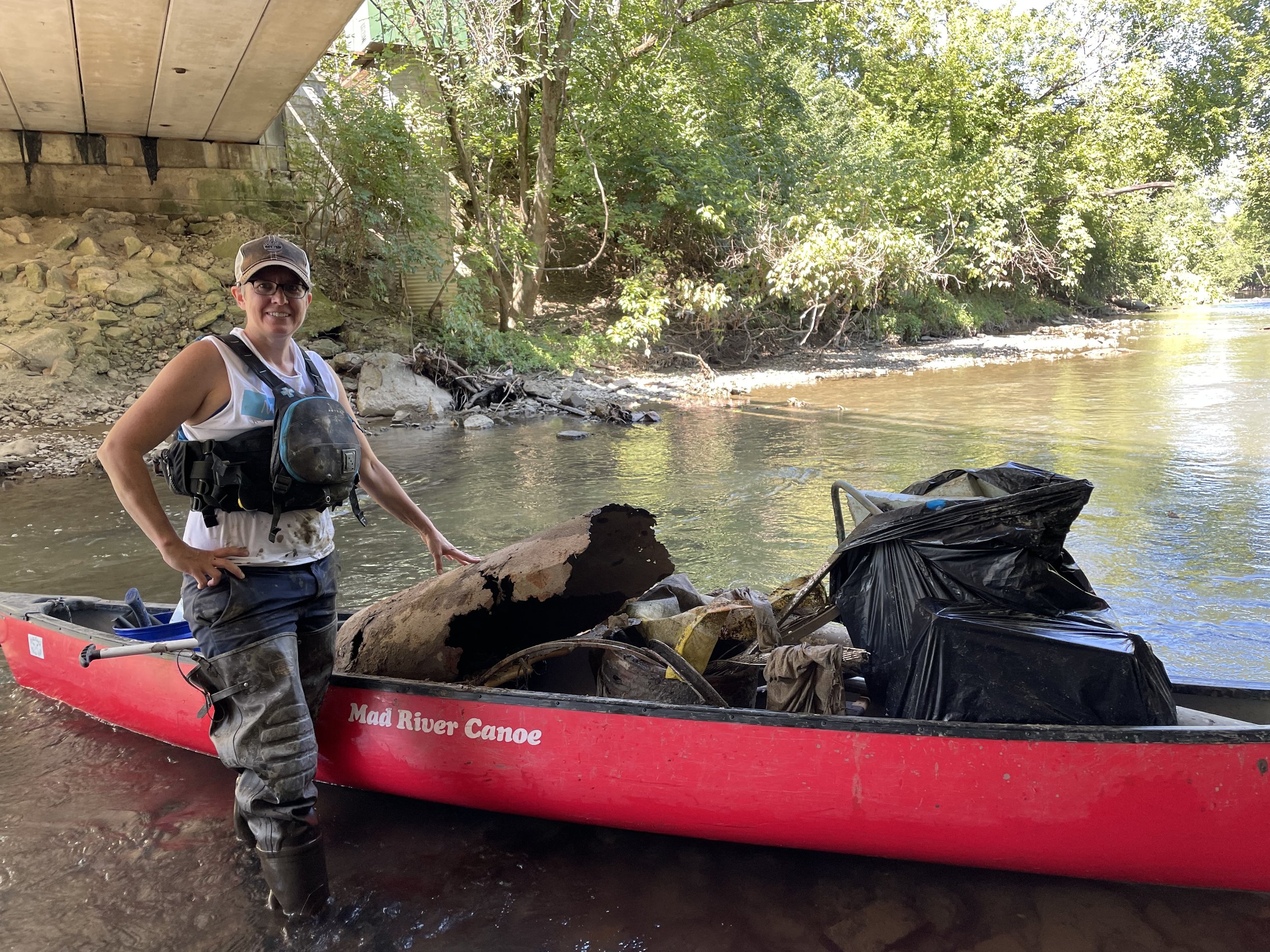The Proposed Waters of the United States Rule
What’s Happening?
The Proposed Waters of the United States (WOTUS) rule is a revision to the 2023 definition of “waters of the United States,” announced on November 17, 2025, by the EPA and the Army Corps of Engineers. This rule would weaken the Clean Water Act by removing the current protections to our nation’s essential wetlands and streams. By changing the criteria for what counts as “water of the United States,” the rule would leave many wetlands and waterways unprotected. This will encourage development and make it easier for pollution to enter our streams, rivers, and wetlands.
Why This Matters for Local Waterways and Wetlands
If this rule moves forward, communities across the country - including those within the Mill Creek Watershed - could face serious impacts, such as:
Loss of Wetlands: Early analyses estimate that up to 80% of wetlands could lose protection. Wetlands reduce flooding, filter pollution, and support wildlife.
More Pollution in Local Streams: With fewer safeguards, it becomes easier for pollutants to enter small streams that flow into the Mill Creek and our drinking water sources.
Increased Flooding and Flood Damages: Without protected wetlands to absorb stormwater, neighborhoods and roads could face higher flood risks and more costly damage.
Threats to Wildlife Habitat: Wetlands and streams support fish, birds, and countless other species. Losing these areas puts local biodiversity at risk.
Most Americans want strong clean water protections - national surveys show broad public support - yet this rule would remove key safeguards that have protected our waterways for decades.
How You Can Take Action to Protect Clean Water
Your voice matters! Help protect clean water by getting involved in the following ways:
Submit a public comment: Share why Mill Creek, its tributaries, and its wetlands matter to you. Personal stories, local experiences, and clear reasons for your concern make comments more effective.
Contact state officials: Reach out to your local, state, and federal representatives and urge them to support strong Clean Water Act protections.
Spread the word: Share this information with neighbors, friends, and community groups so more people know how the rule could affect our watershed and access to clean water.
See the Impact: Areas Vulnerable Under New Rule
The proposed Waters of the United States rule would remove Clean Water Act protections from many smaller streams and wetlands - even those that help feed Mill Creek. In our watershed, places highlighted above like Twin Creek Preserve Wetland, West Chester Wetlands, and West Fork Mill Creek could lose important protections. Without these protections, more pollution and development could reach our local waters, putting wildlife, flood control, and community health at risk.


